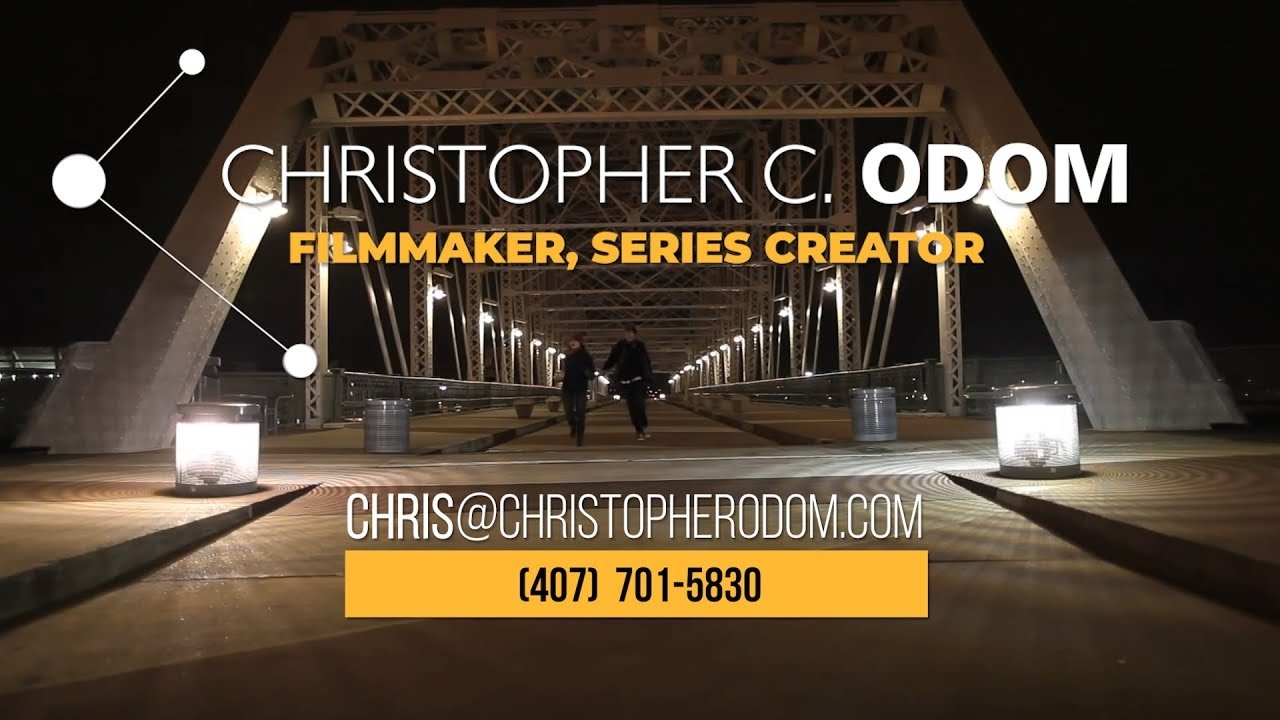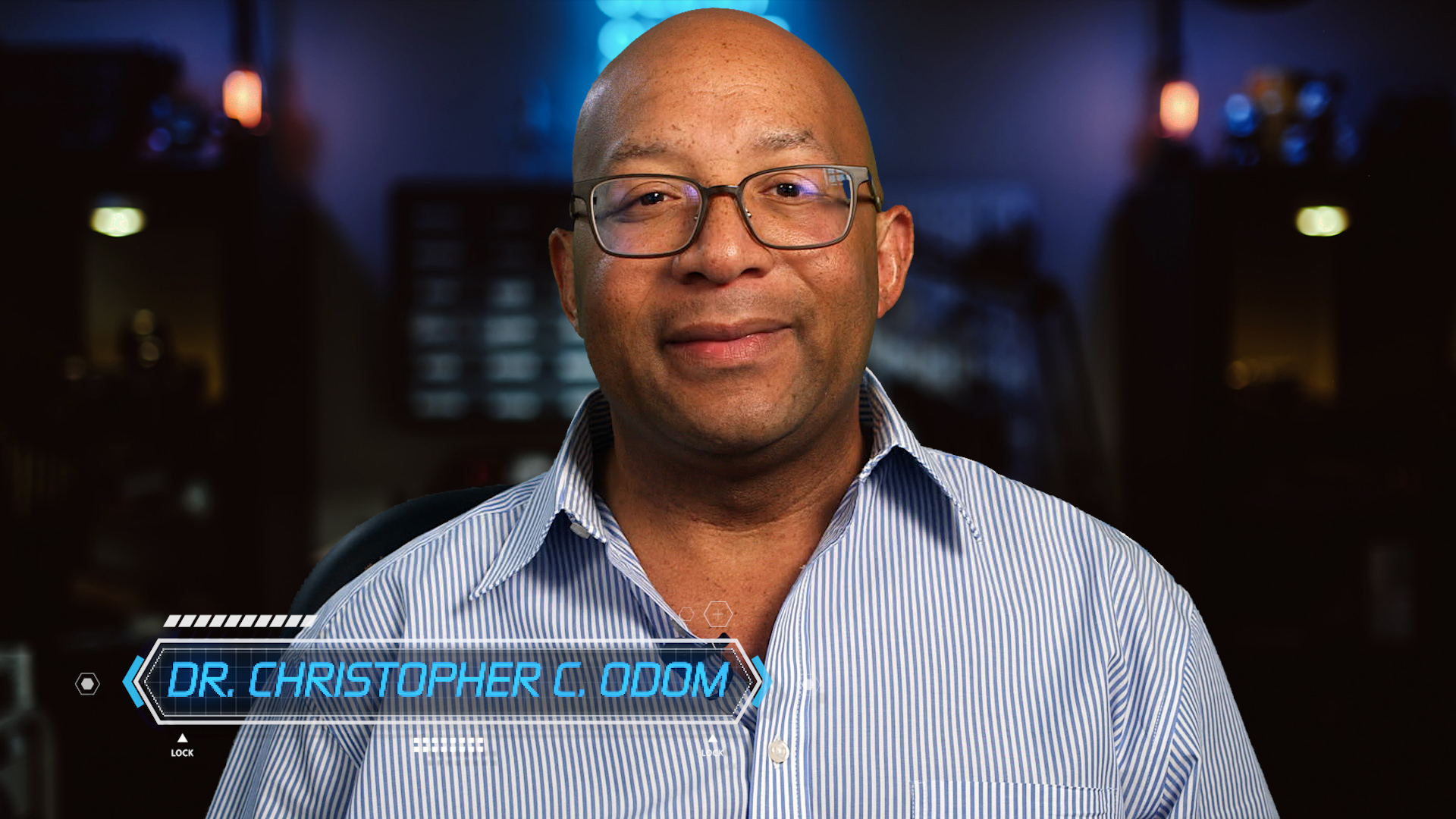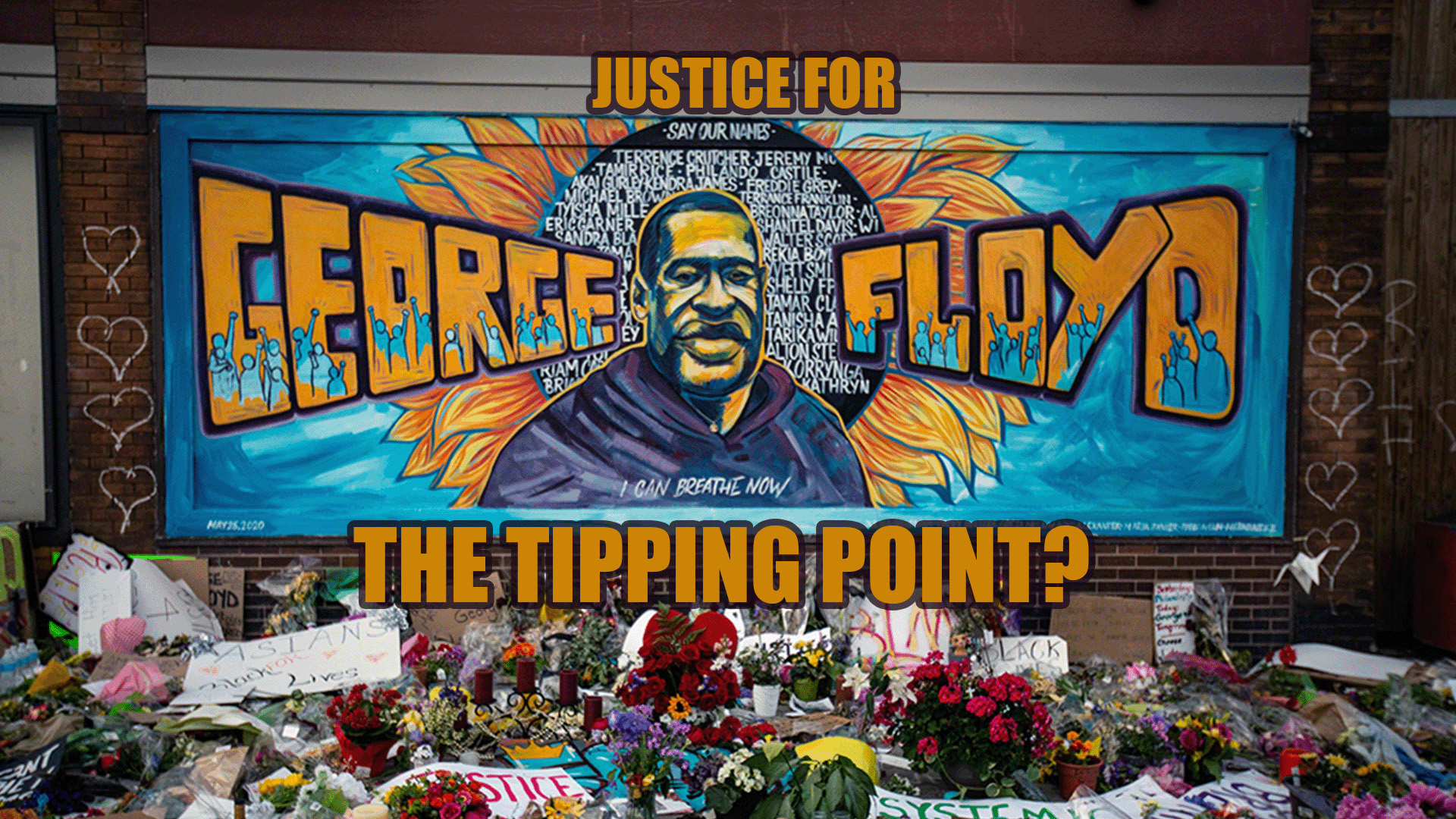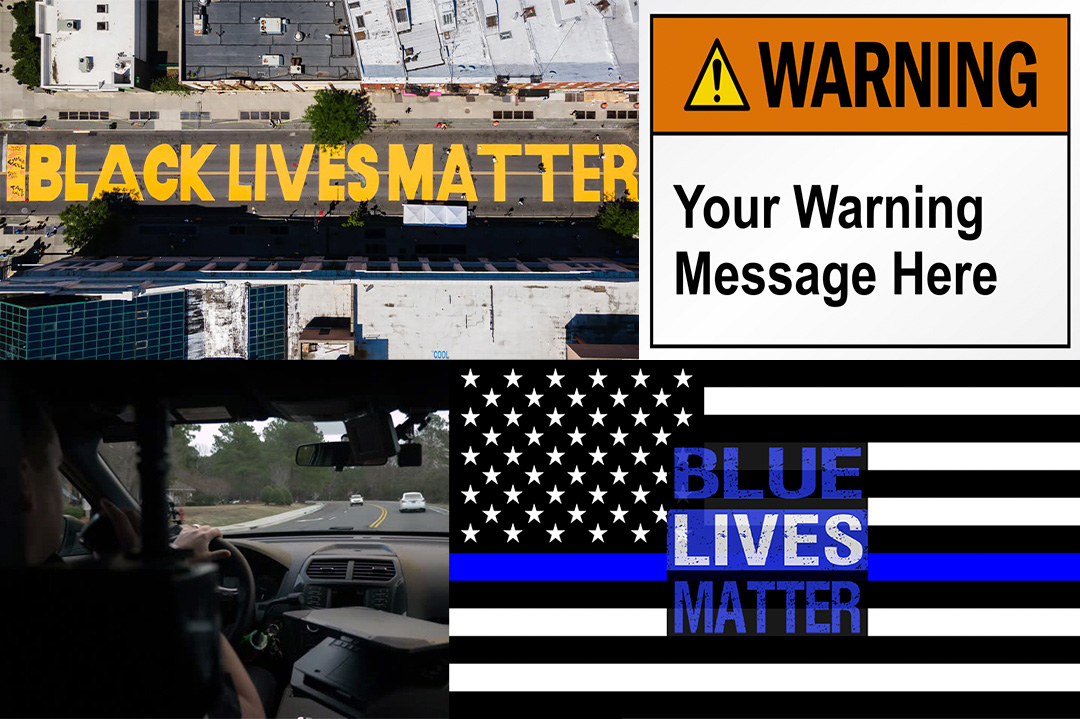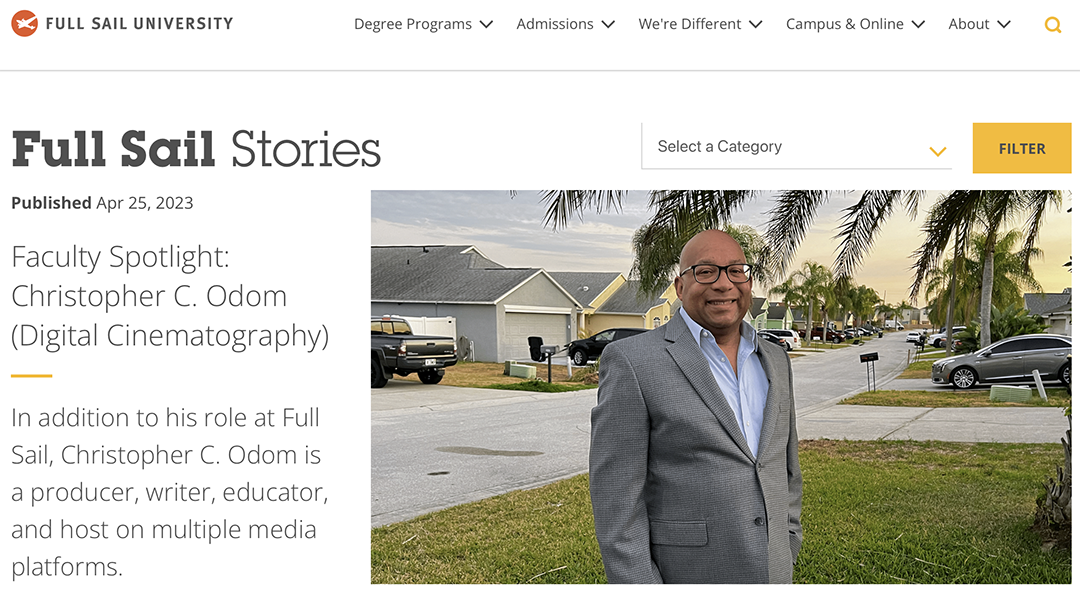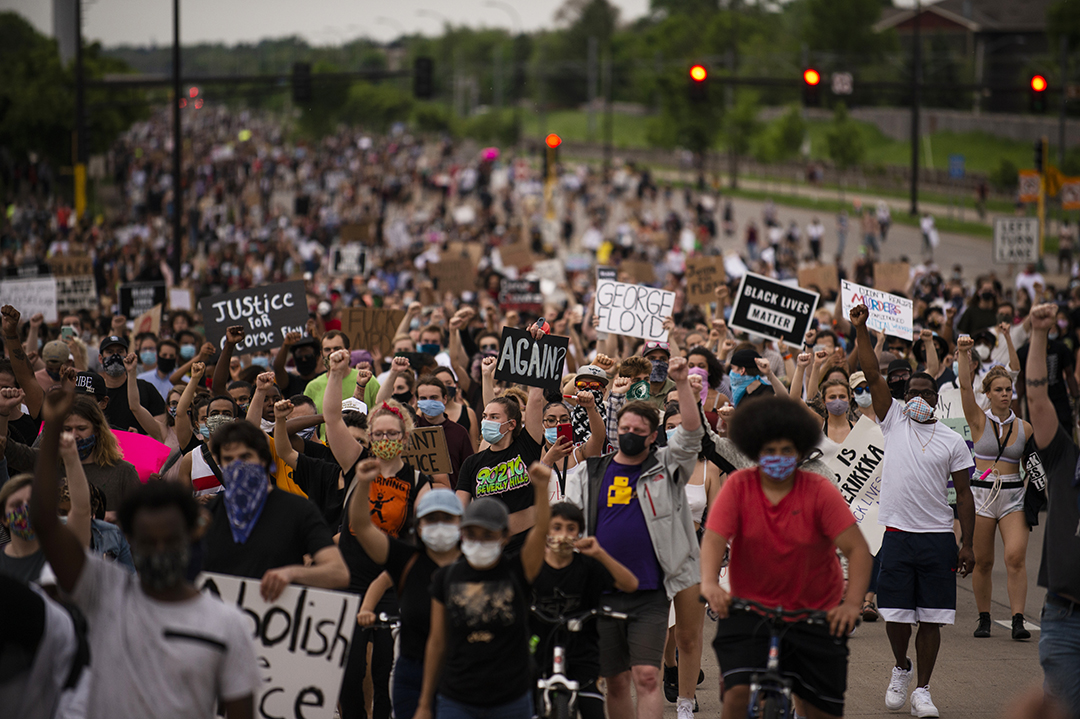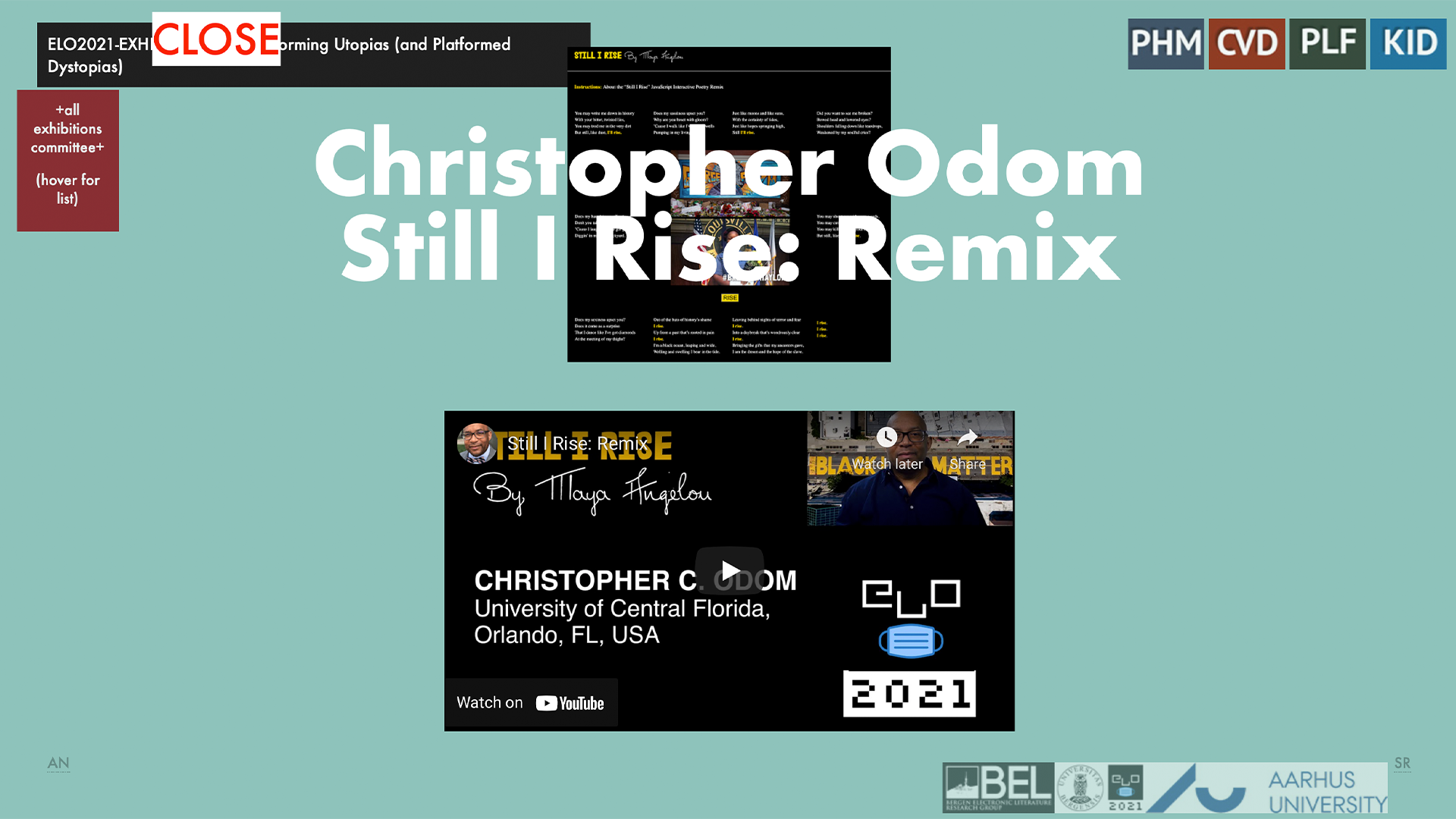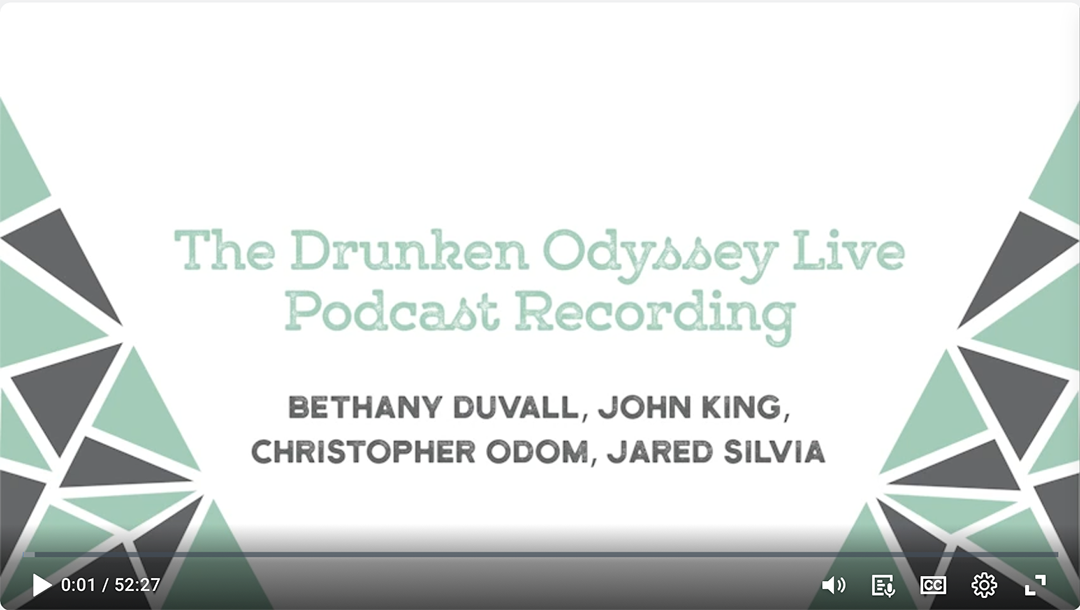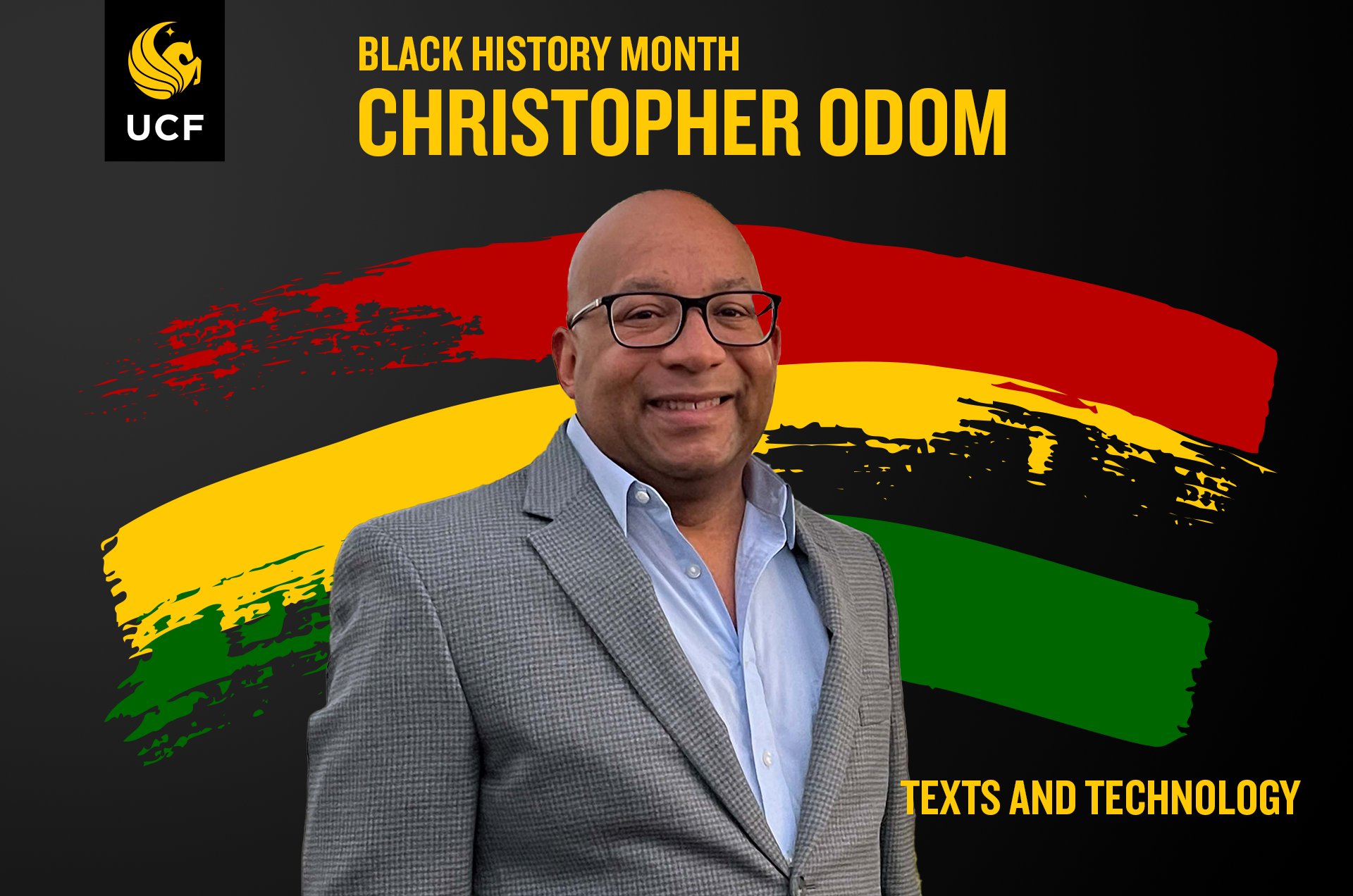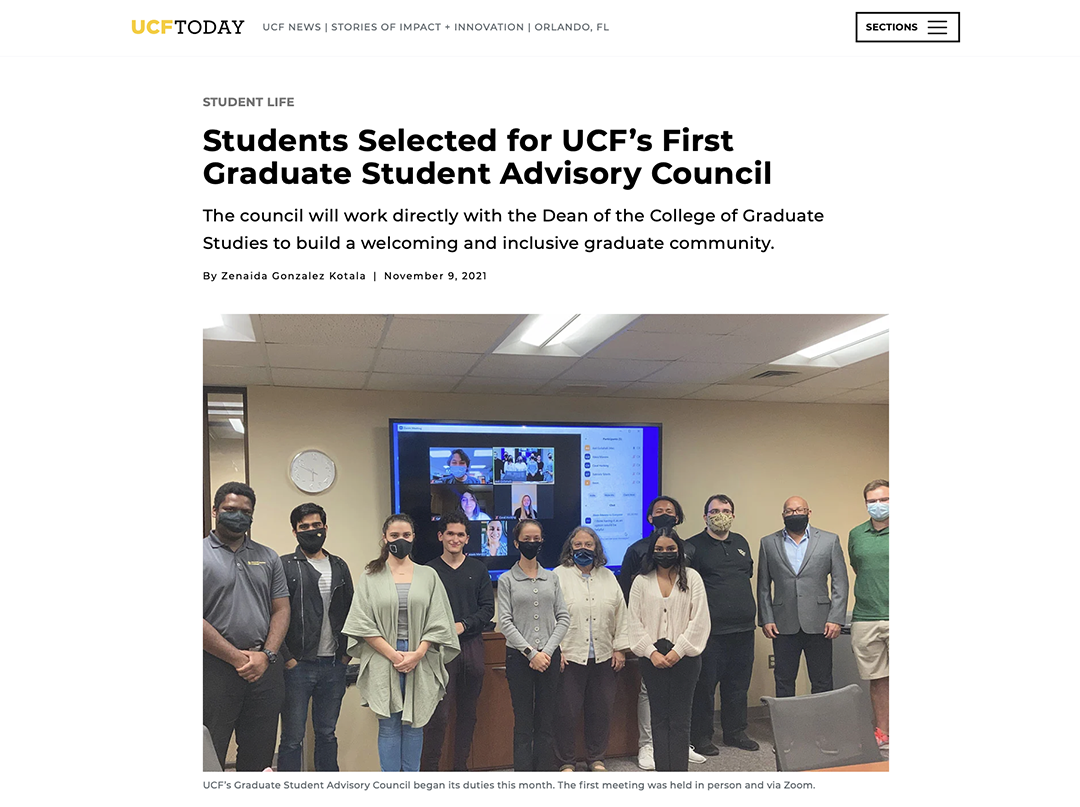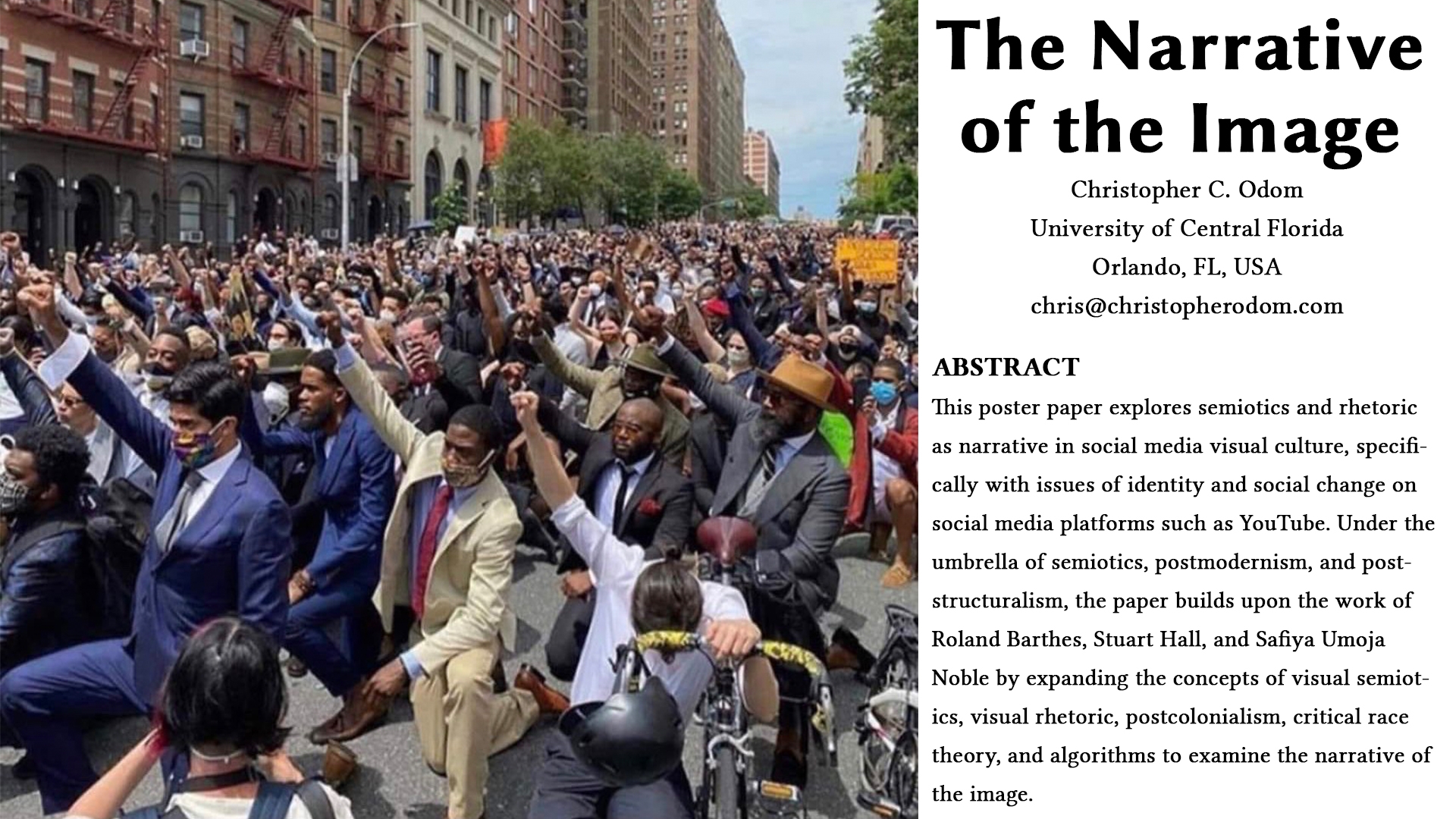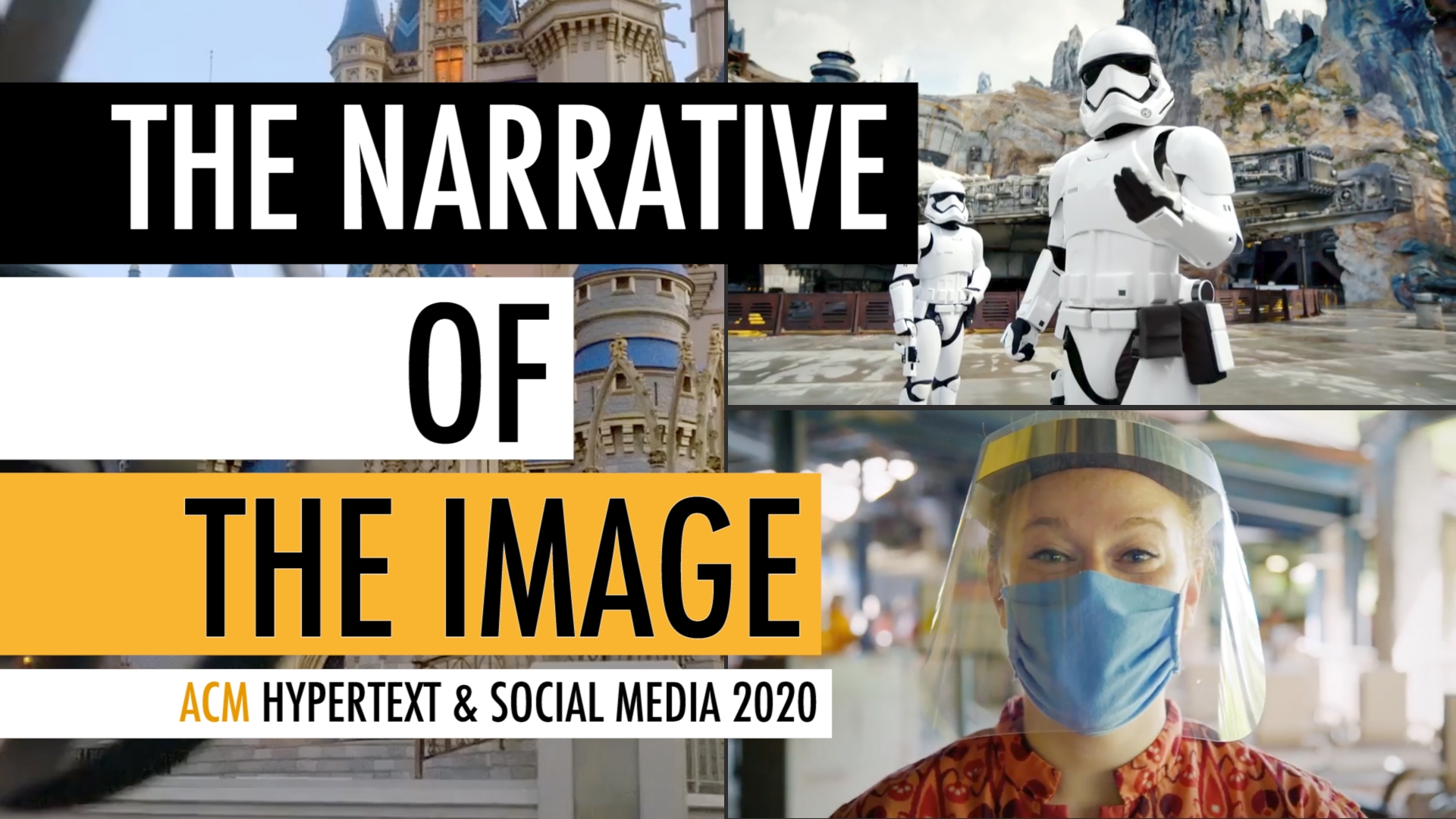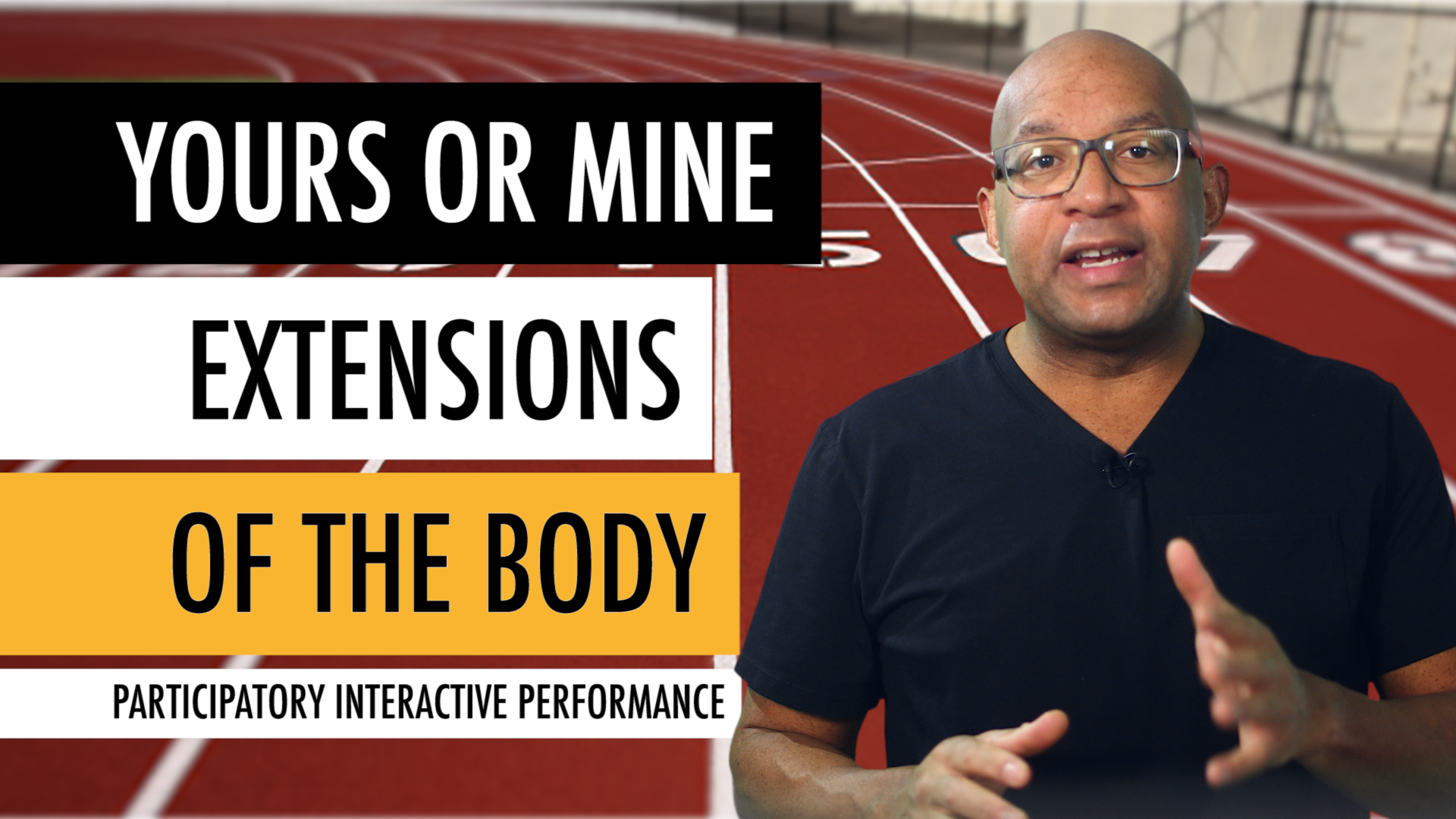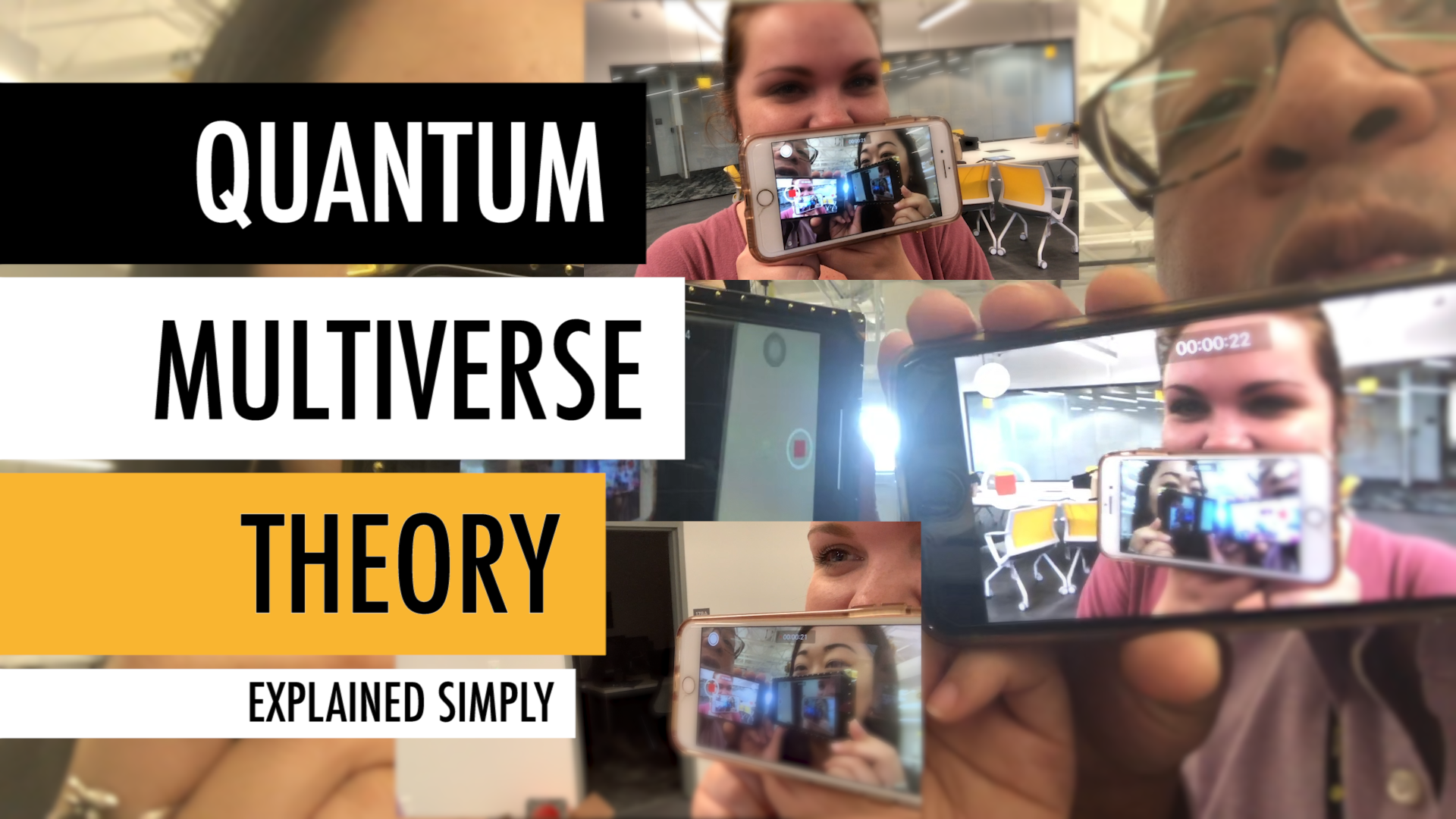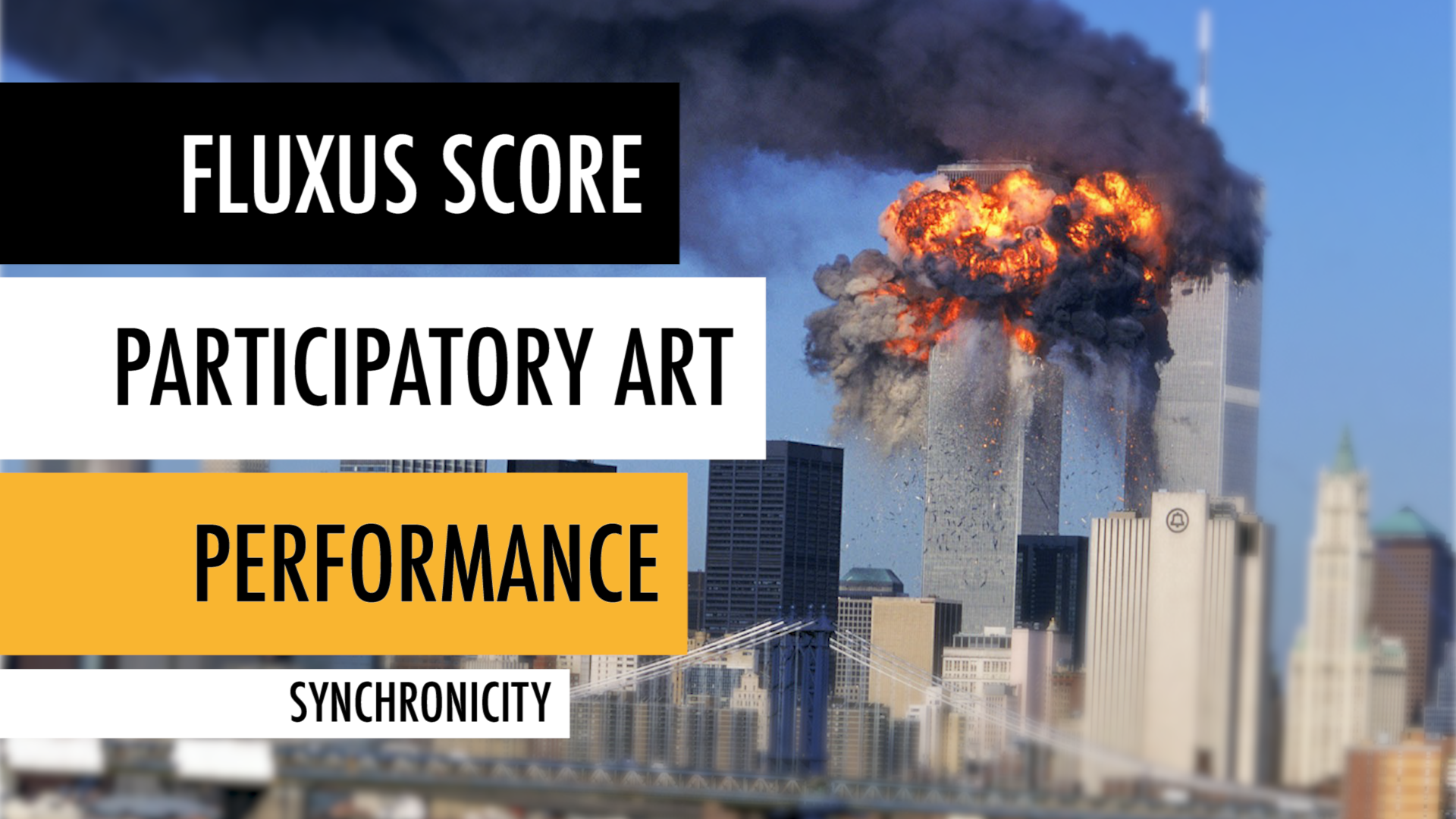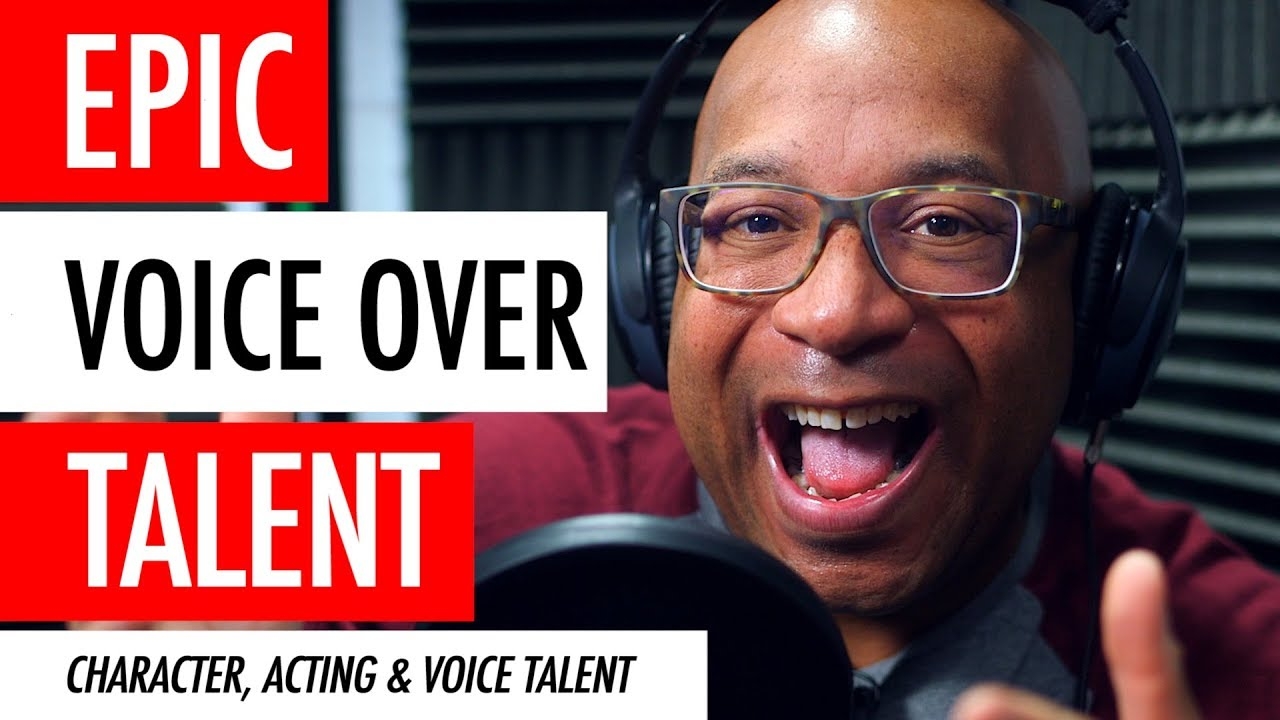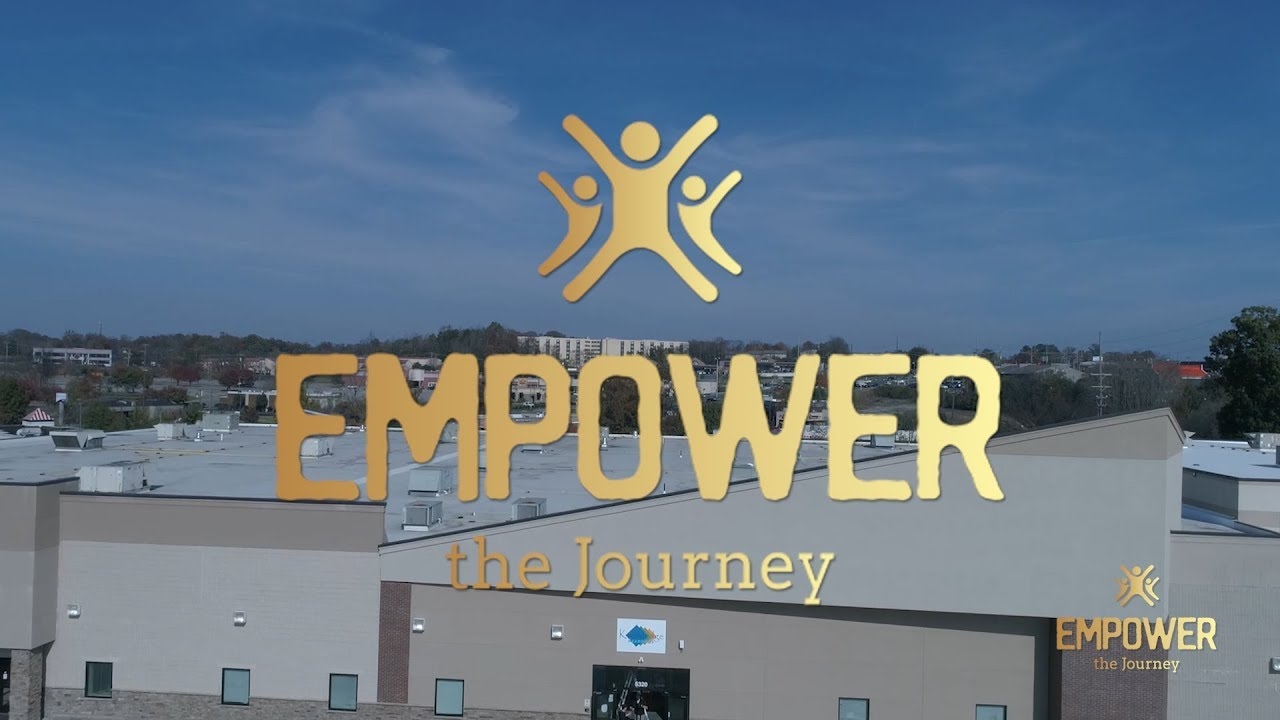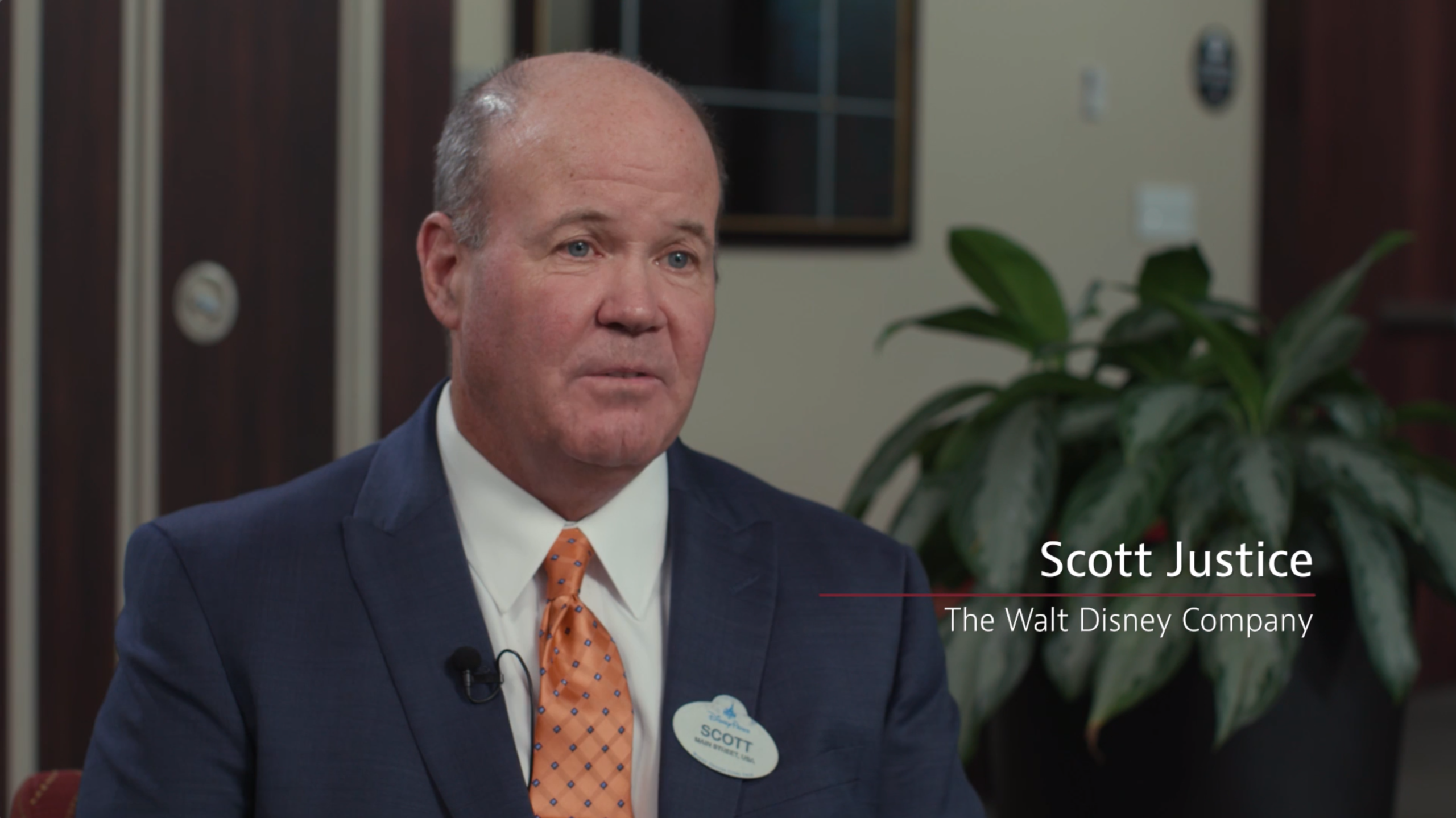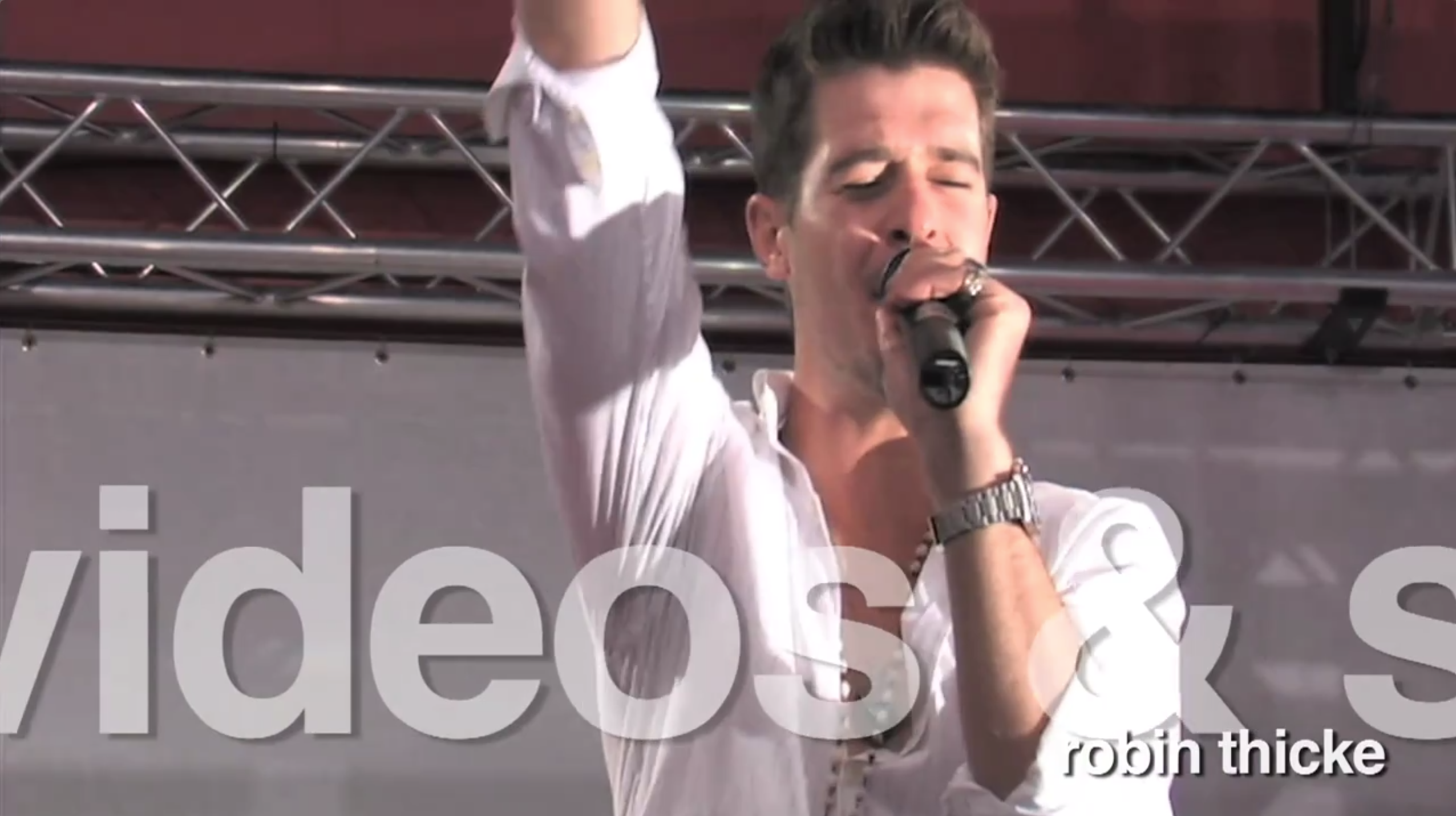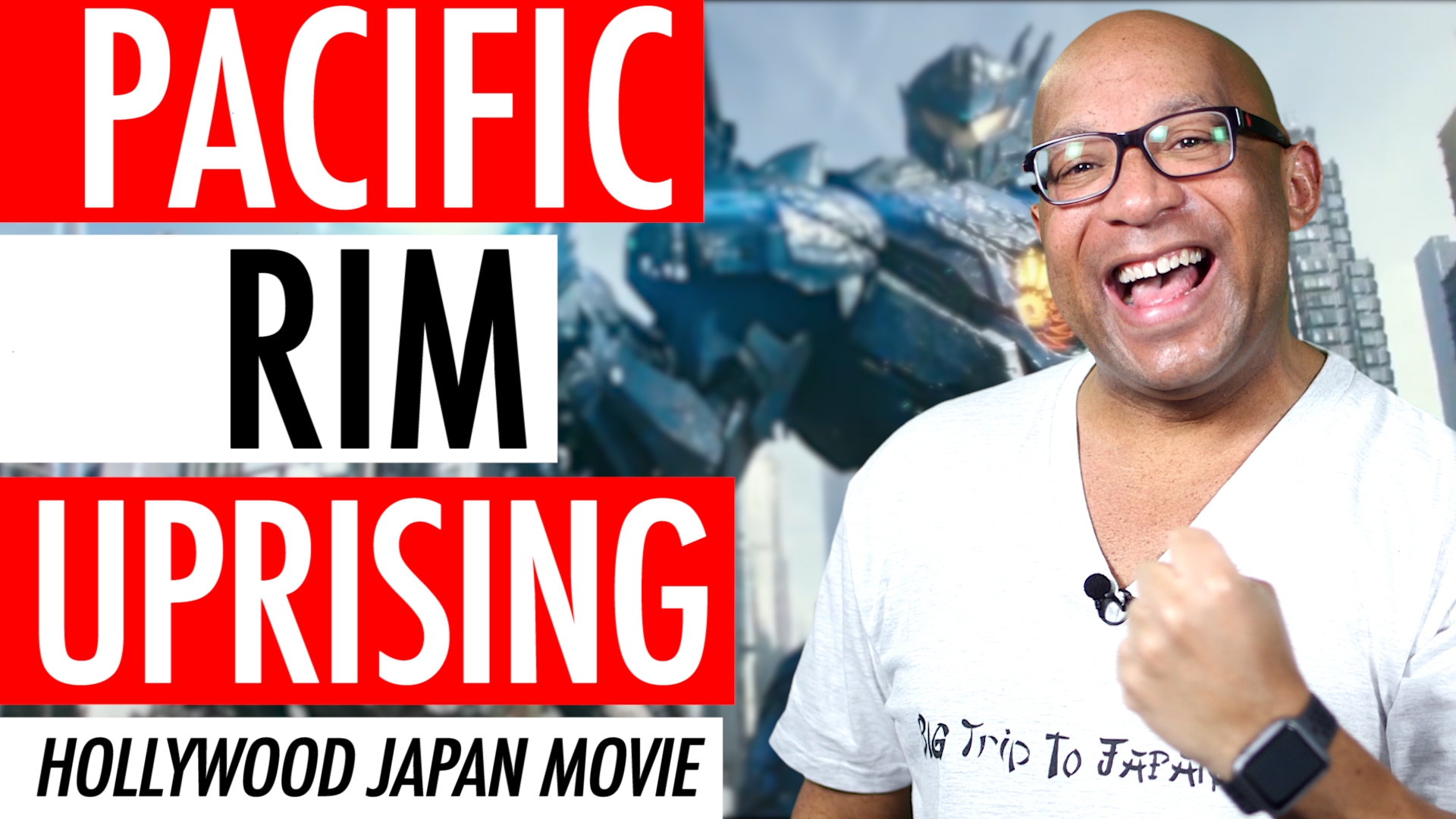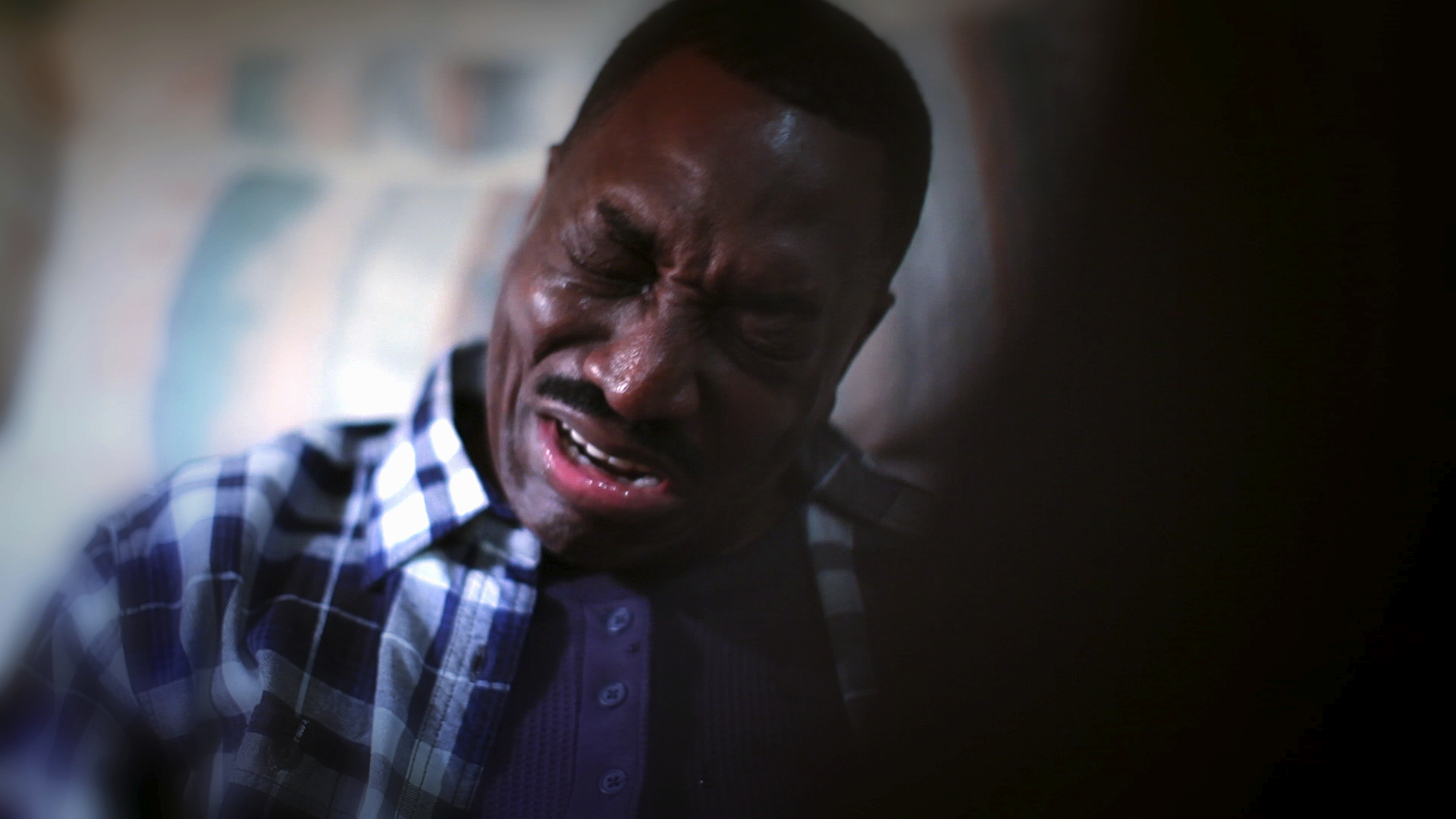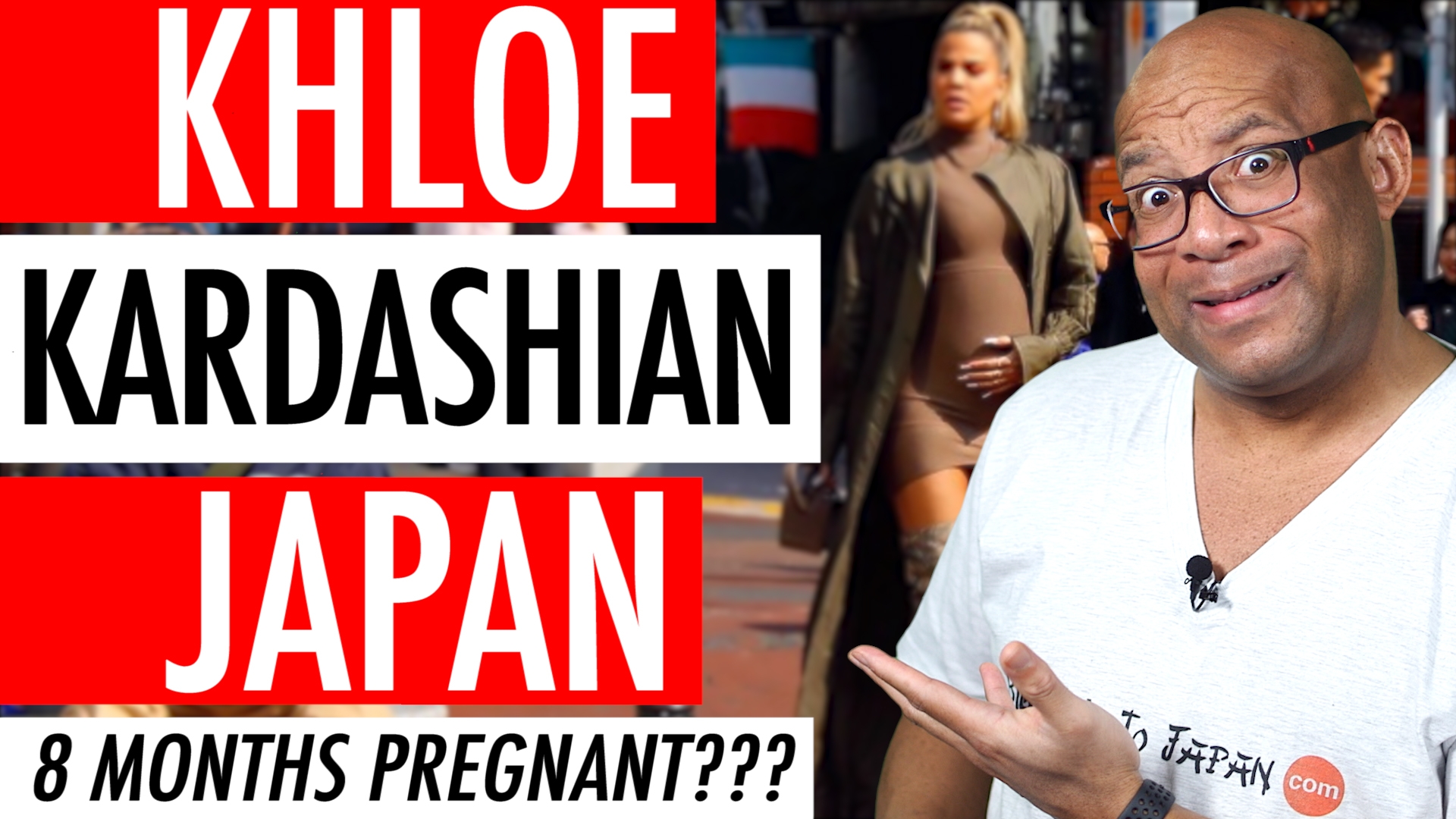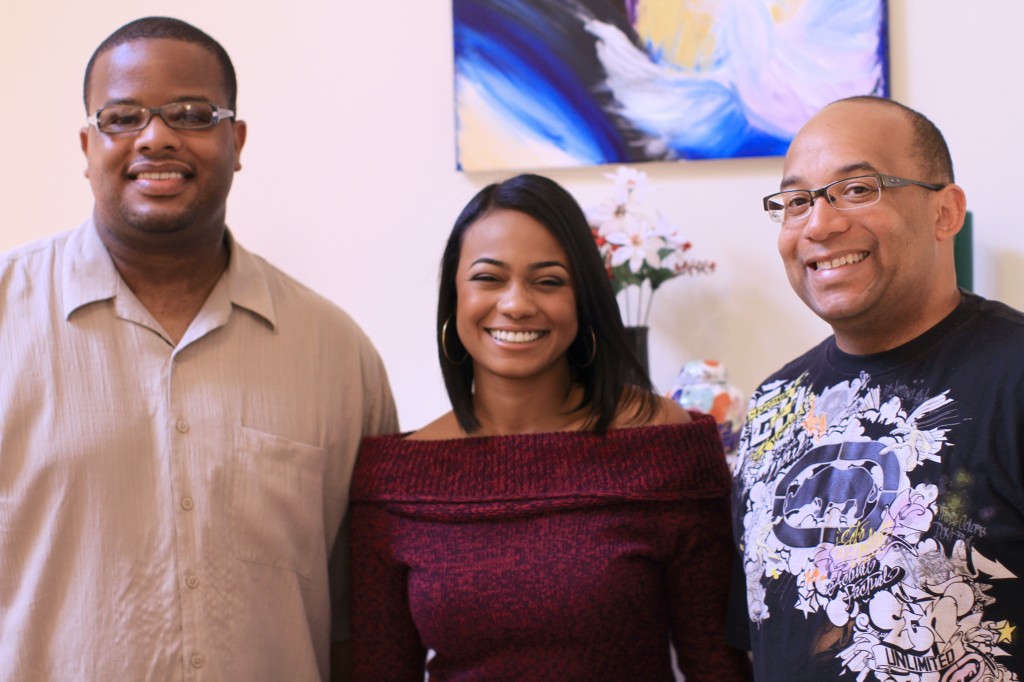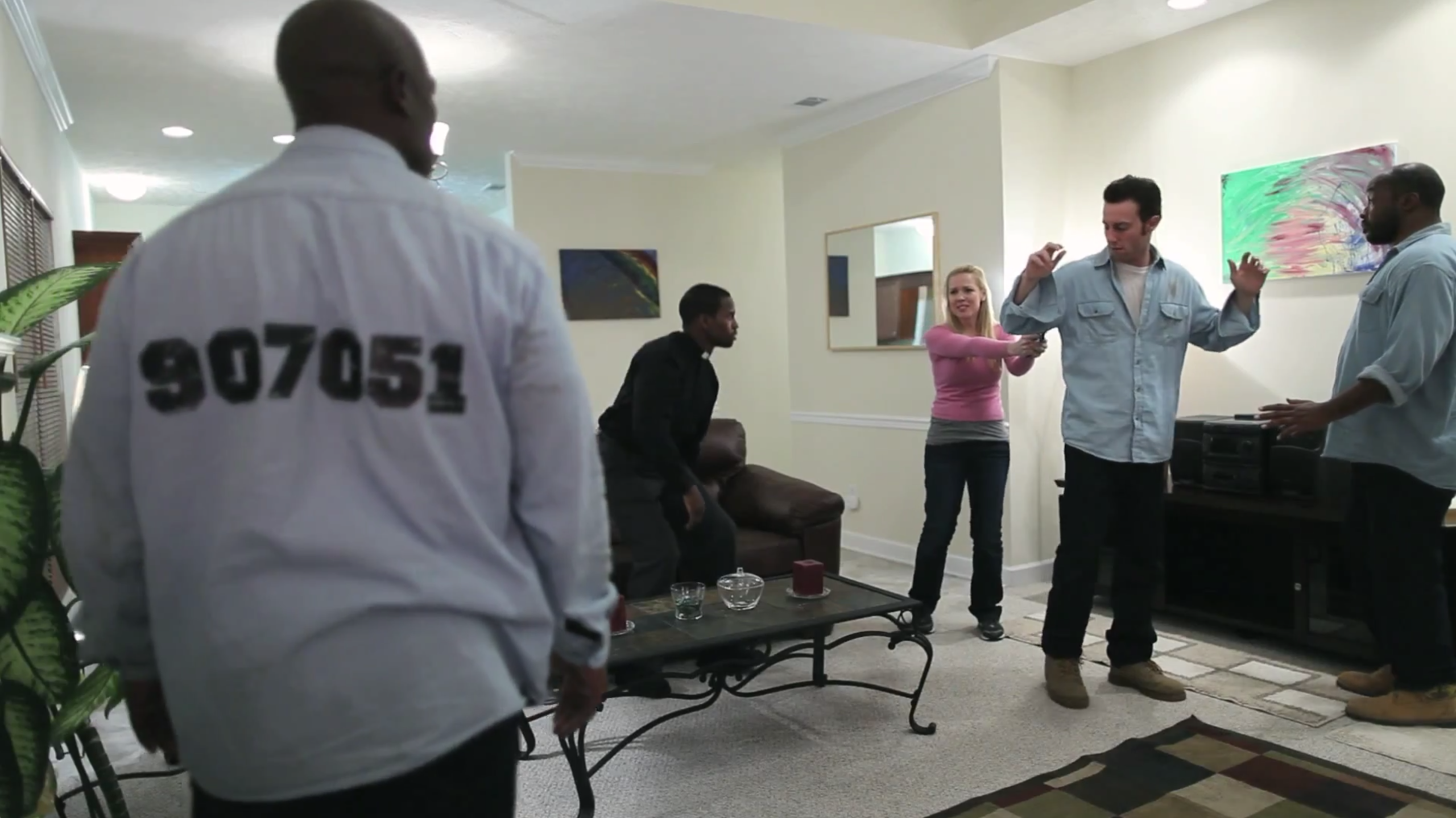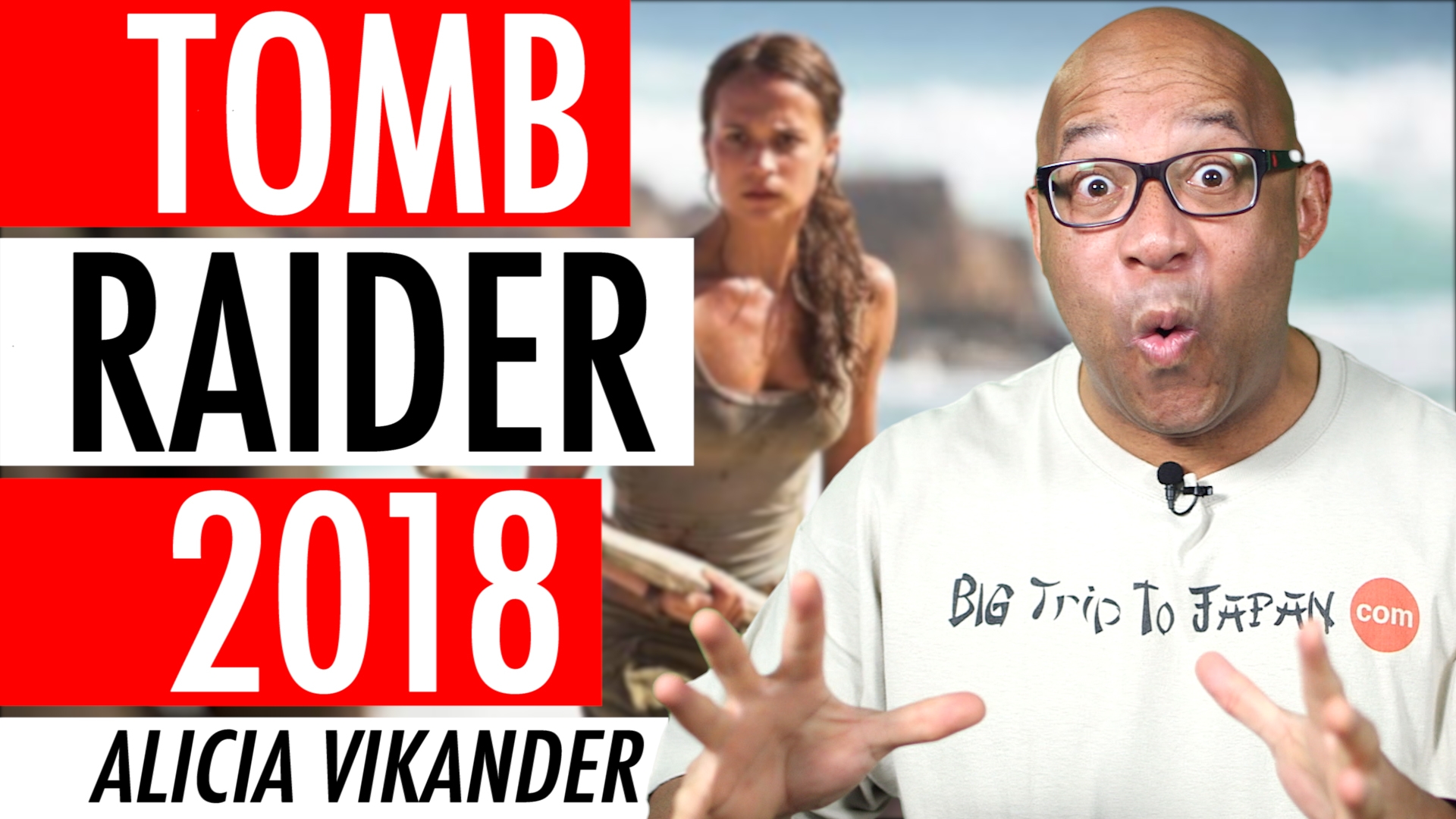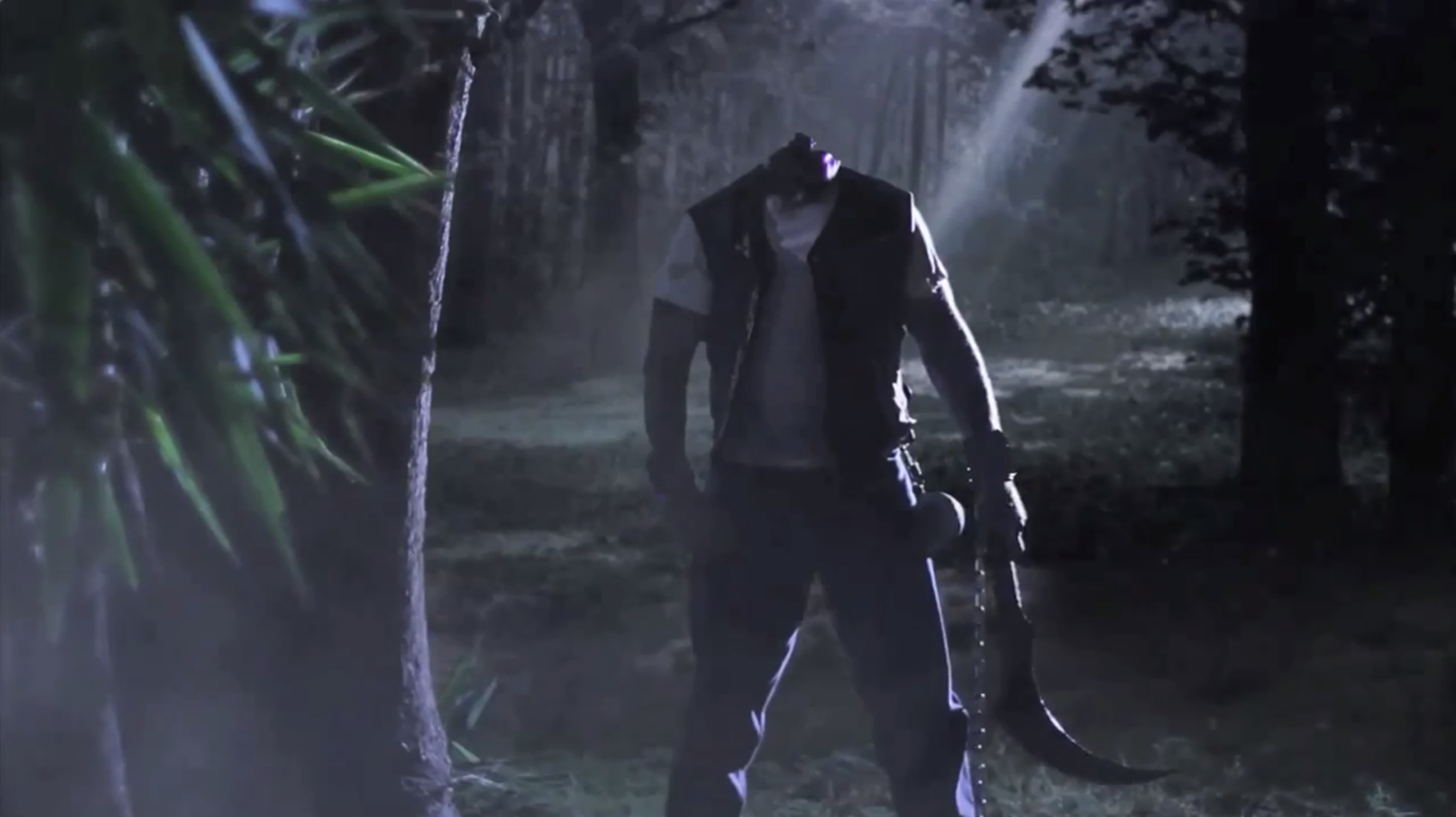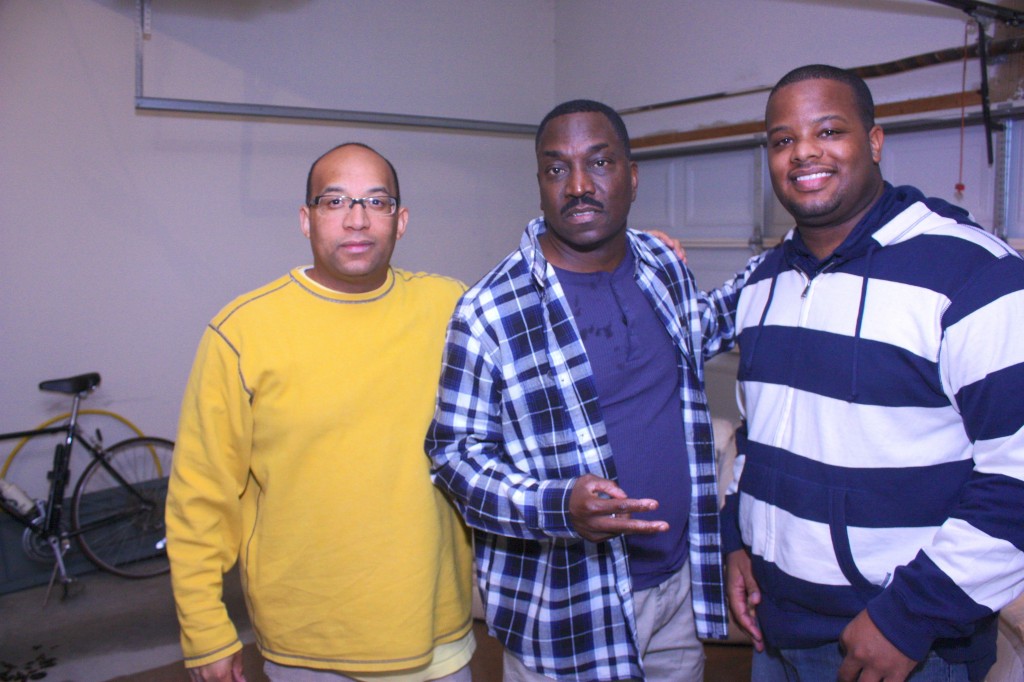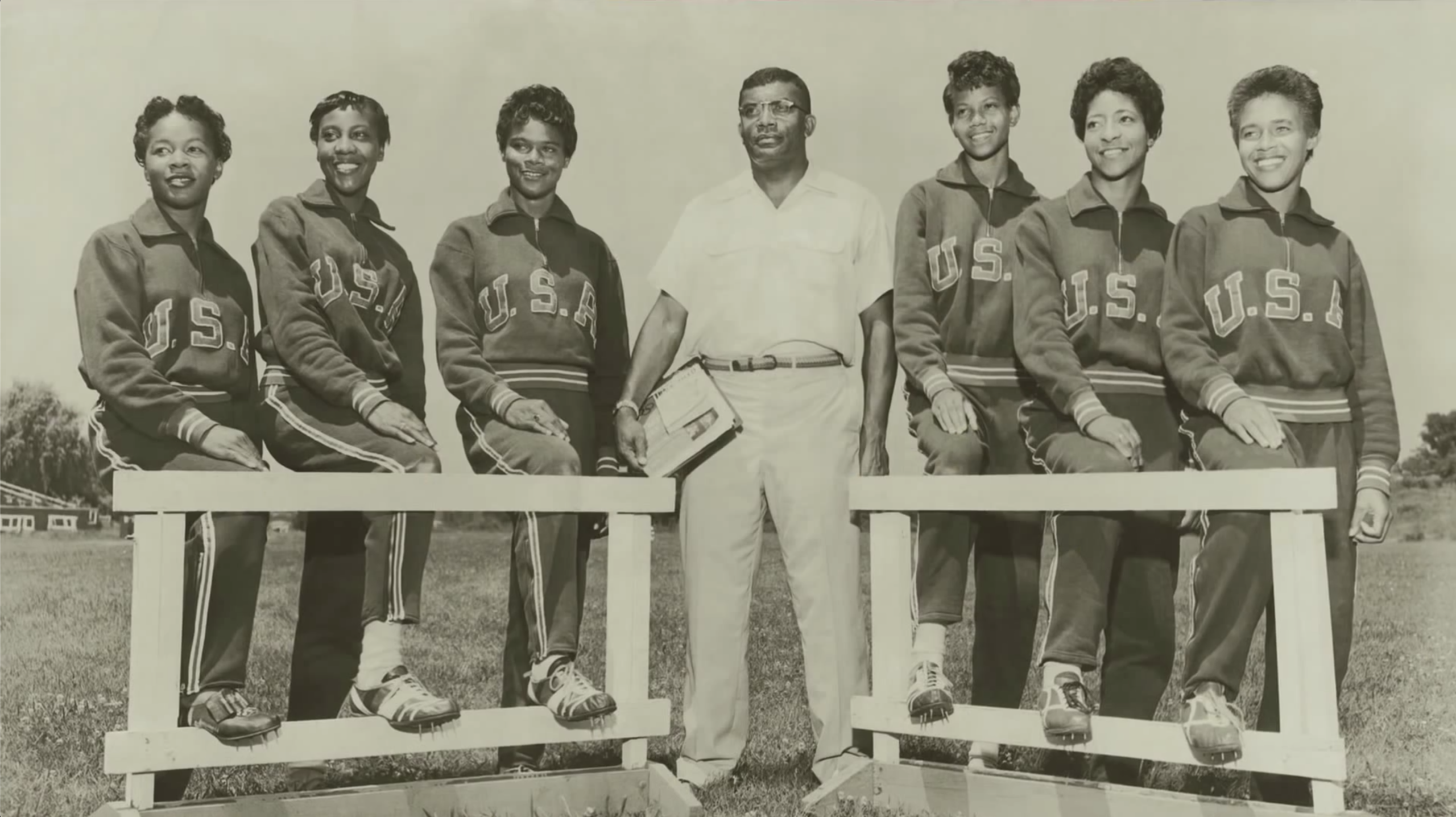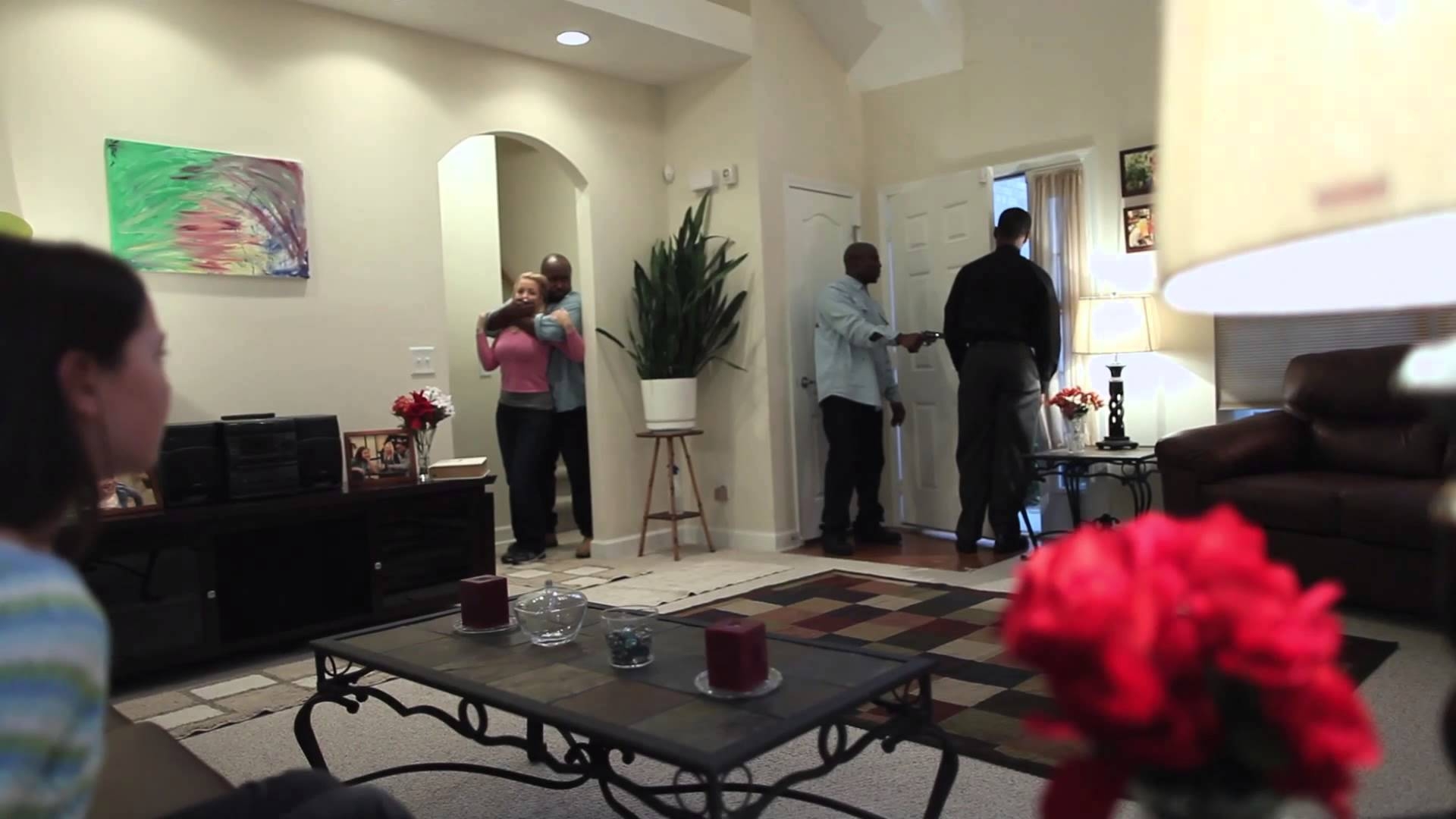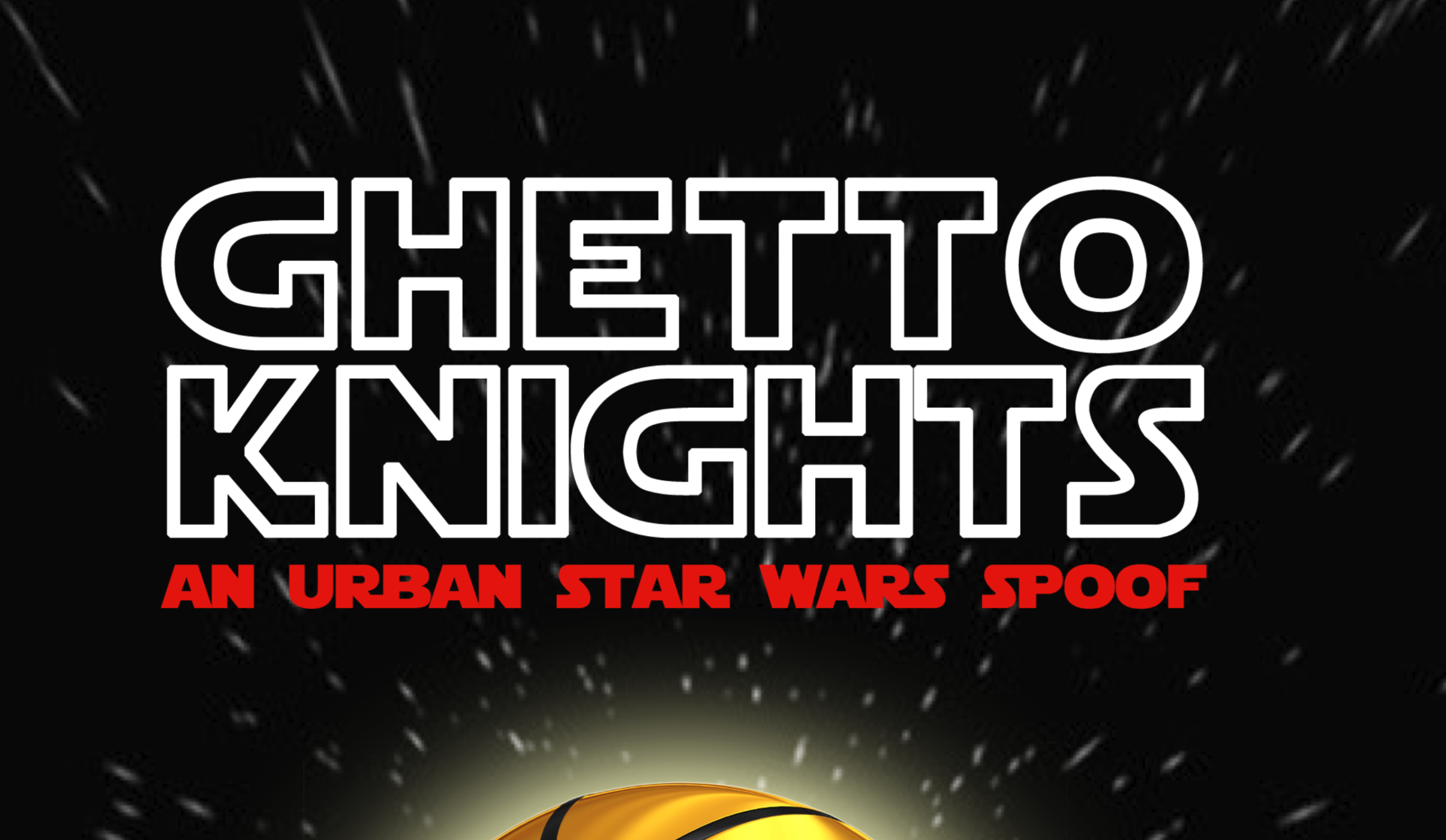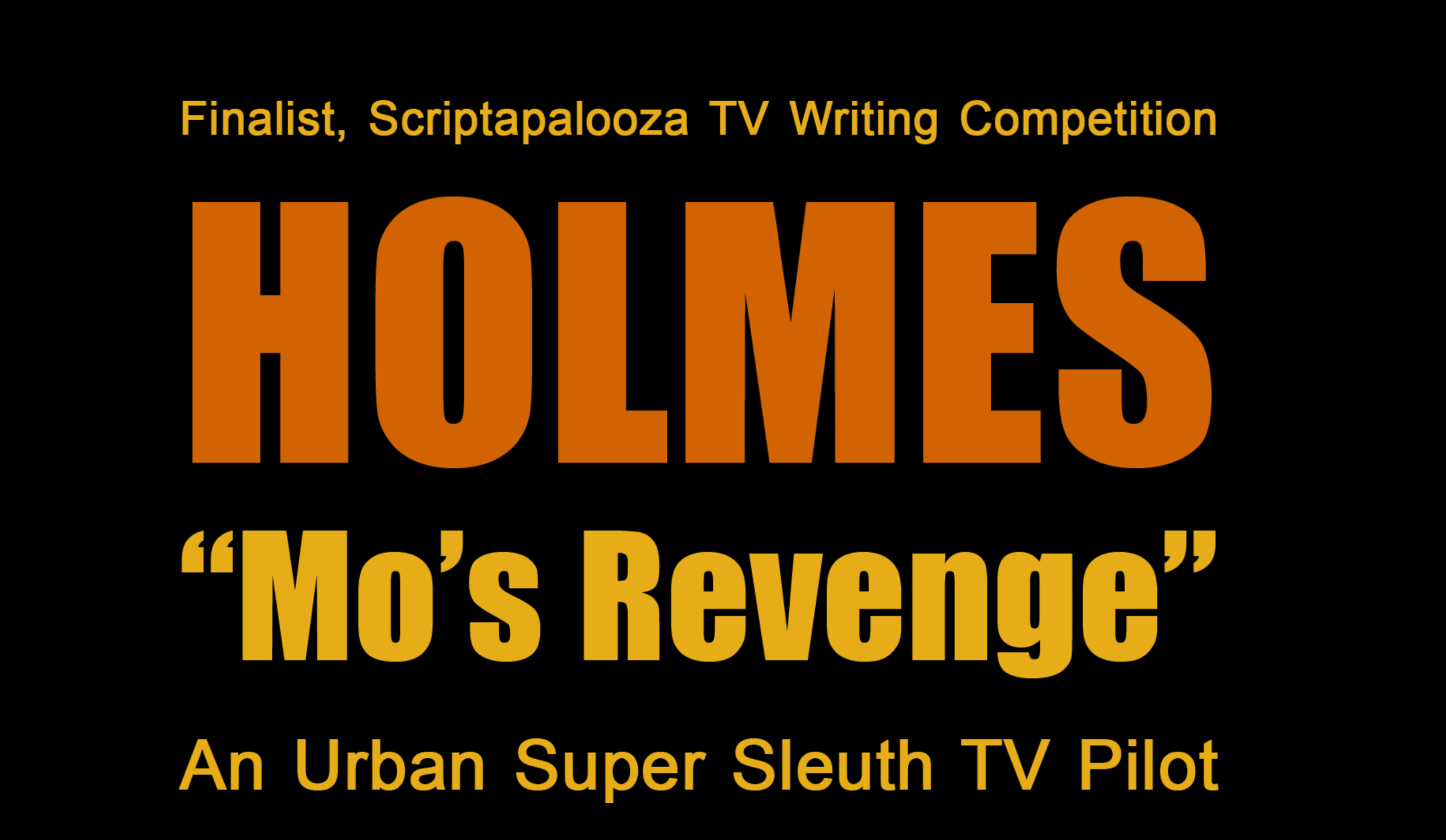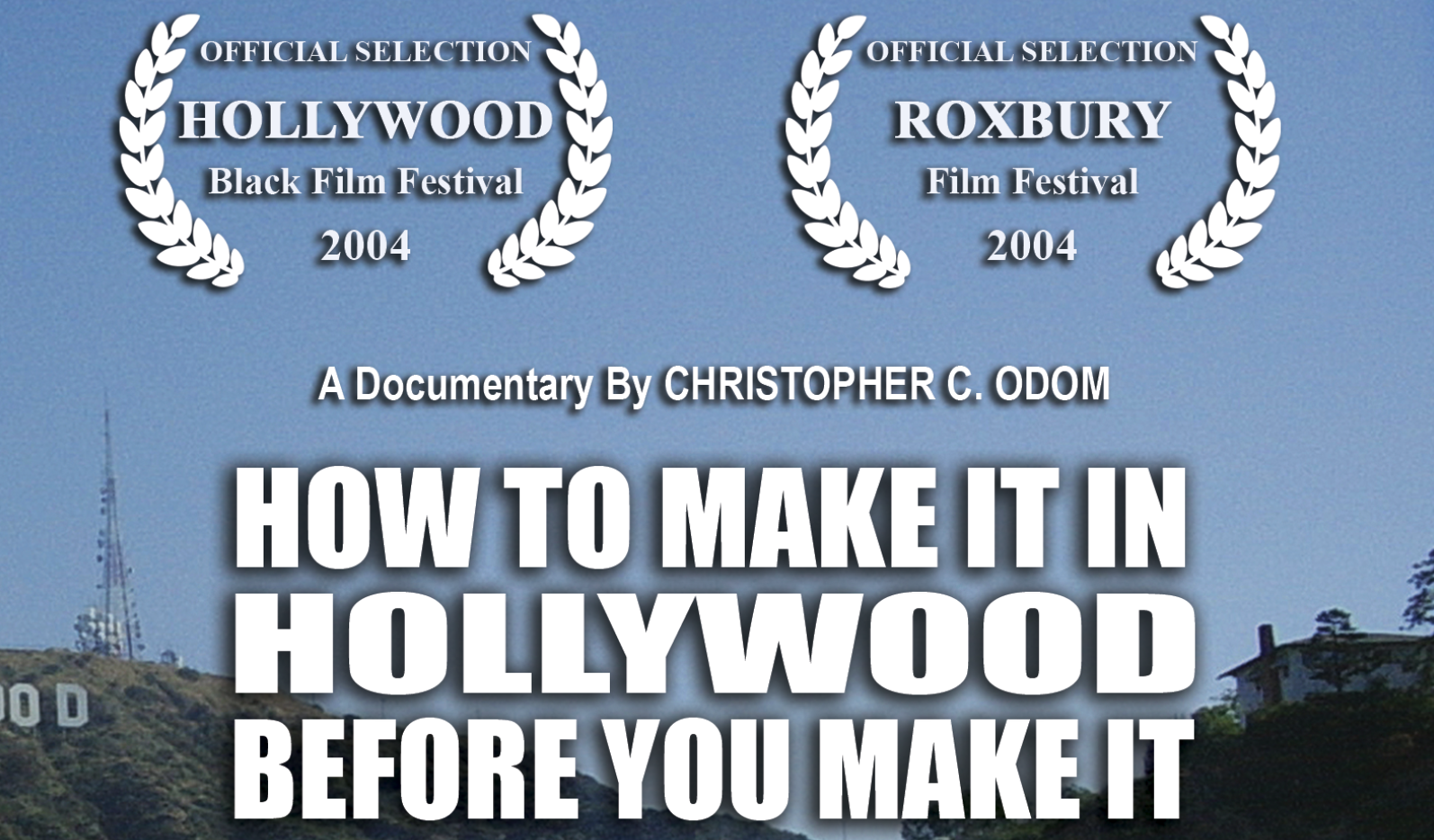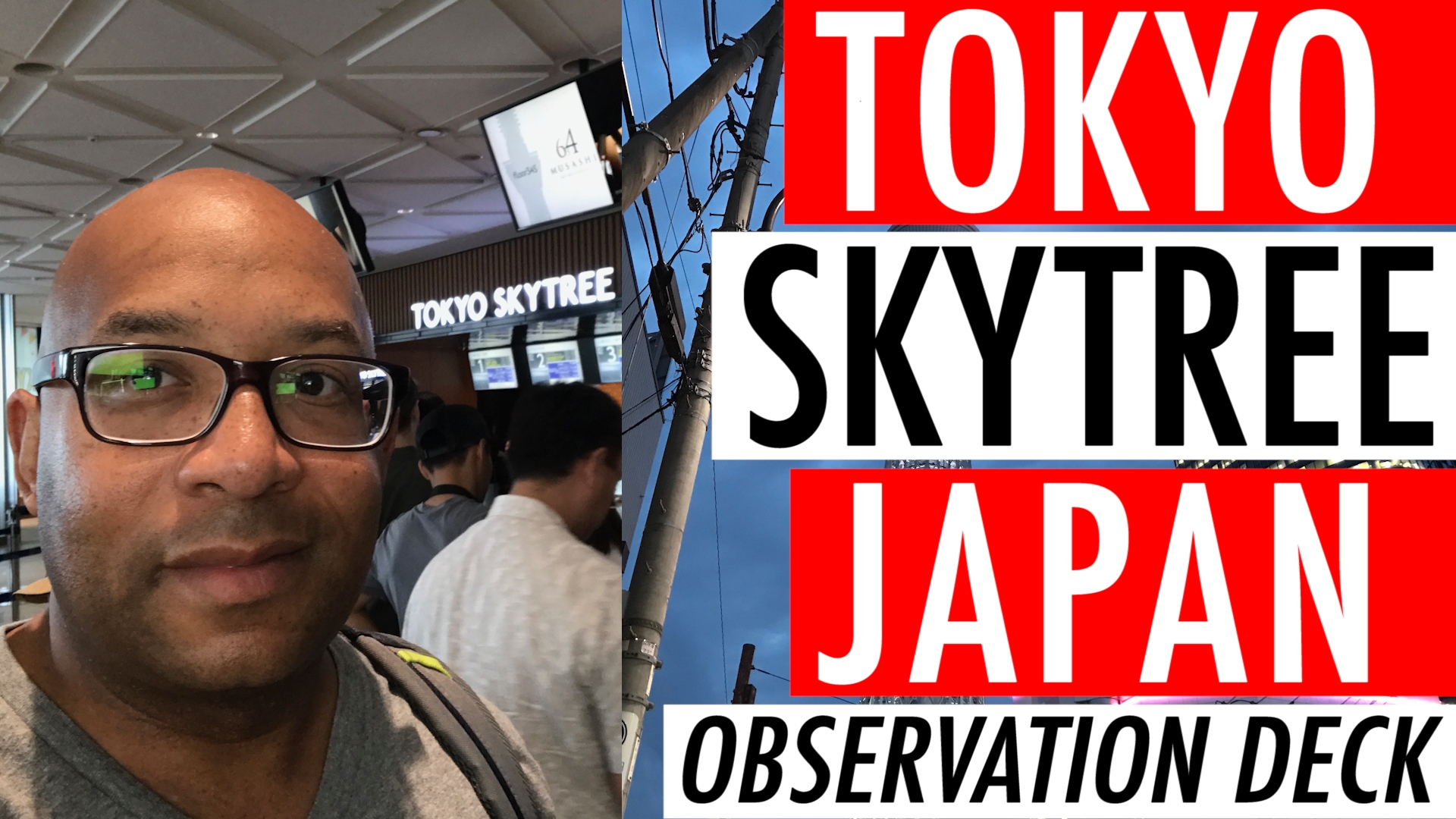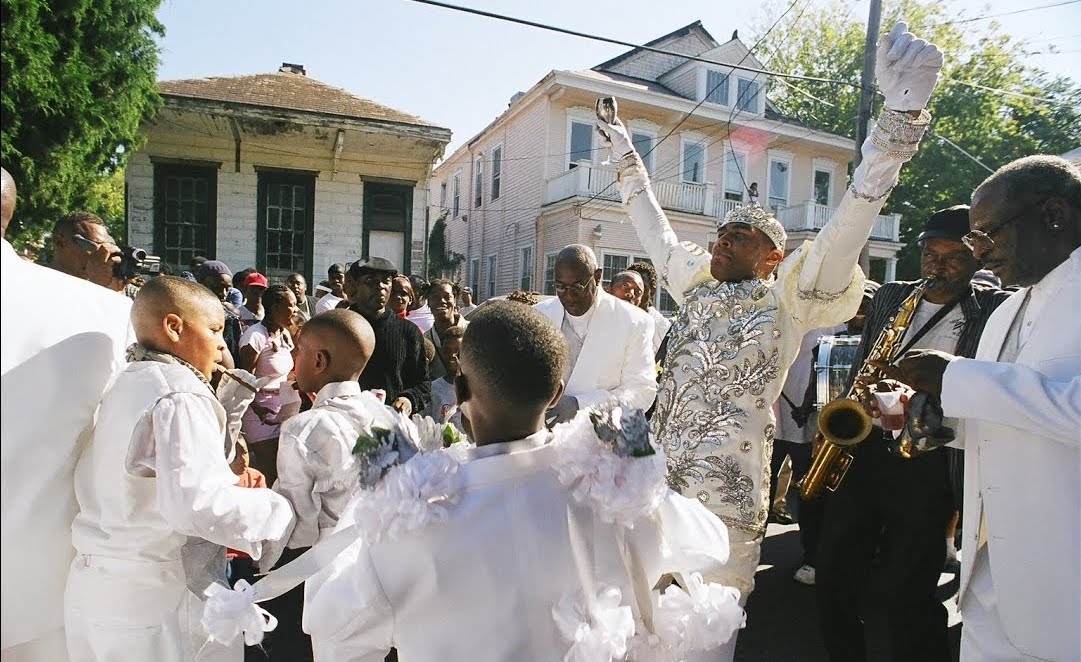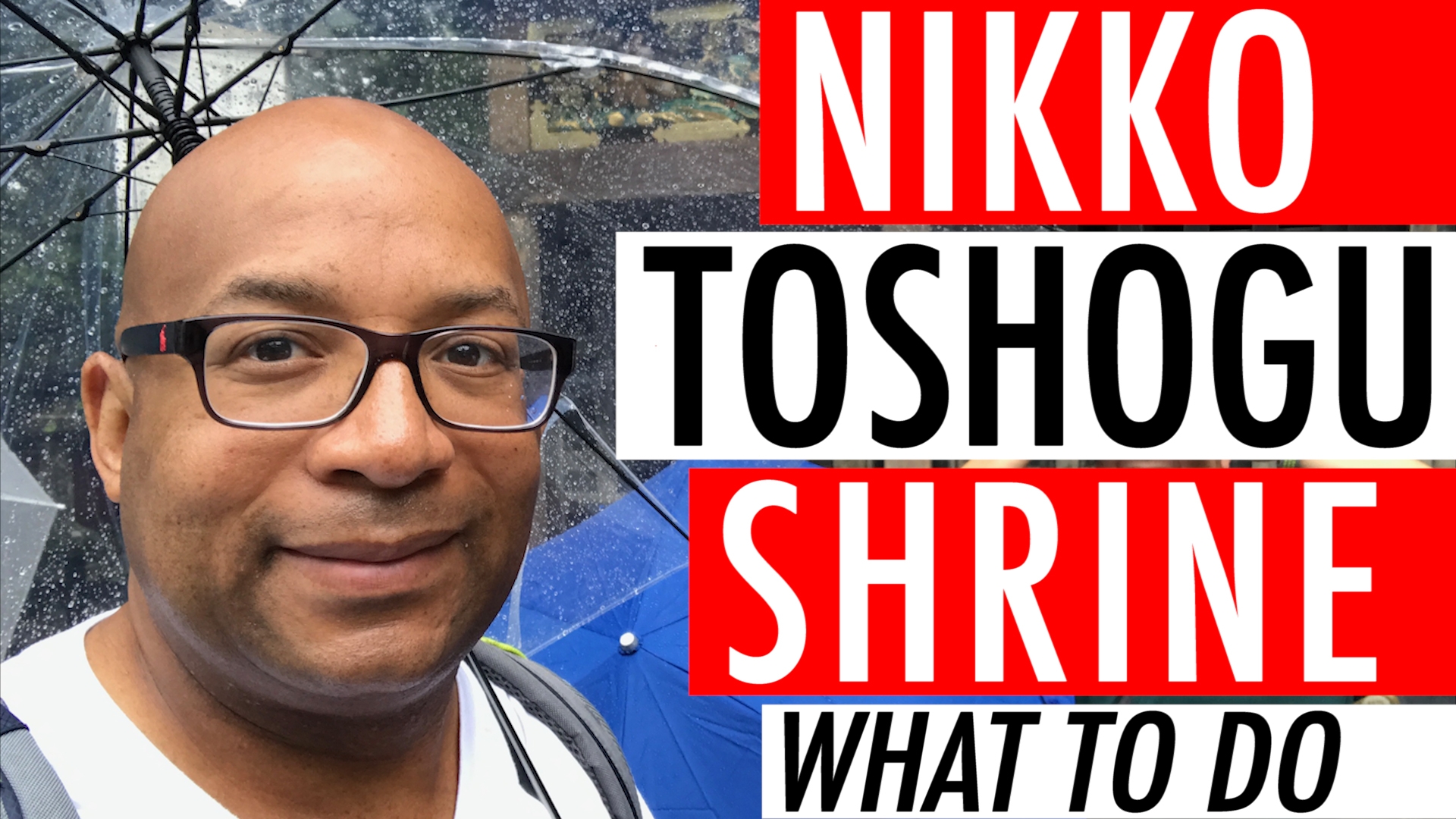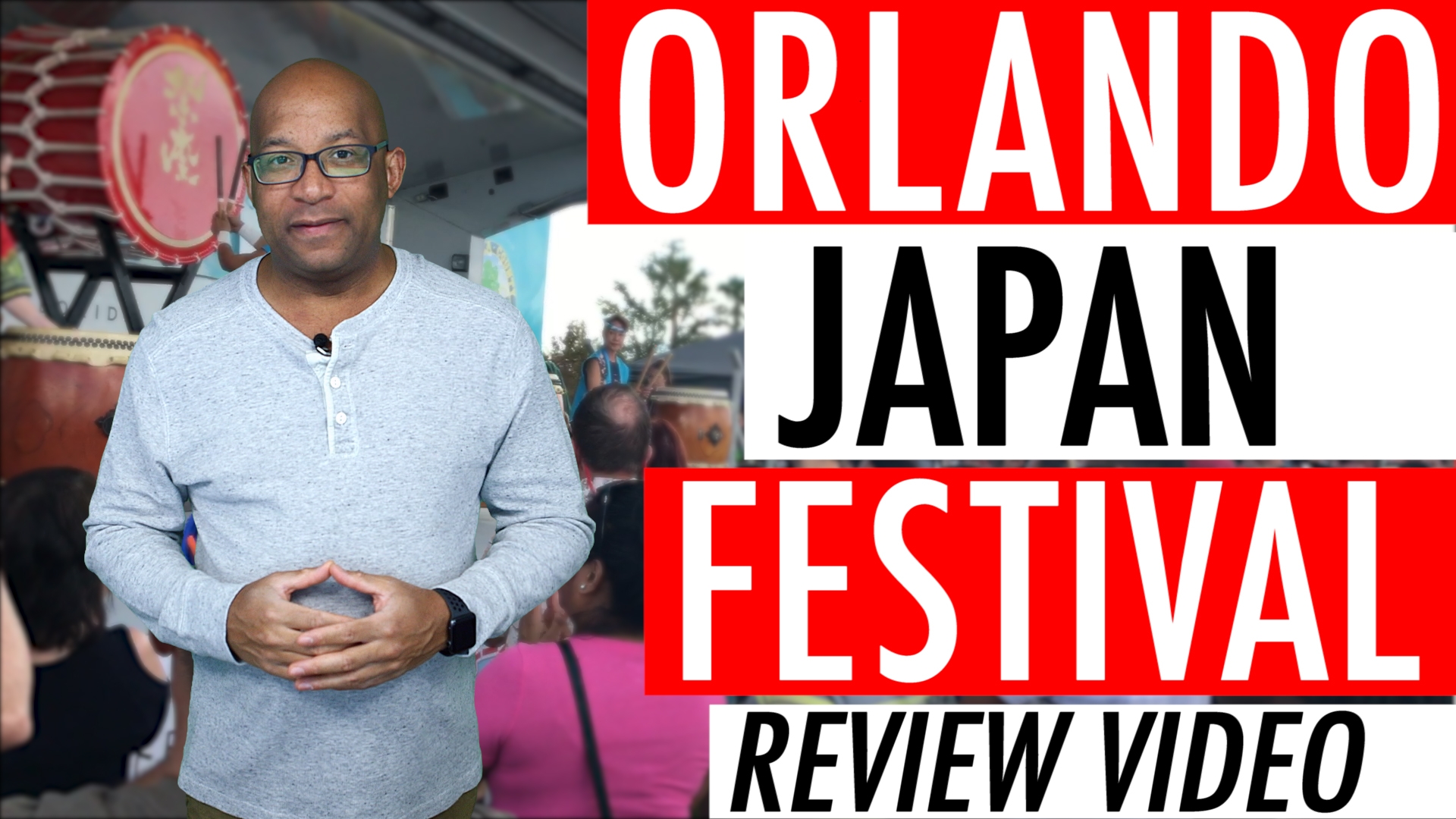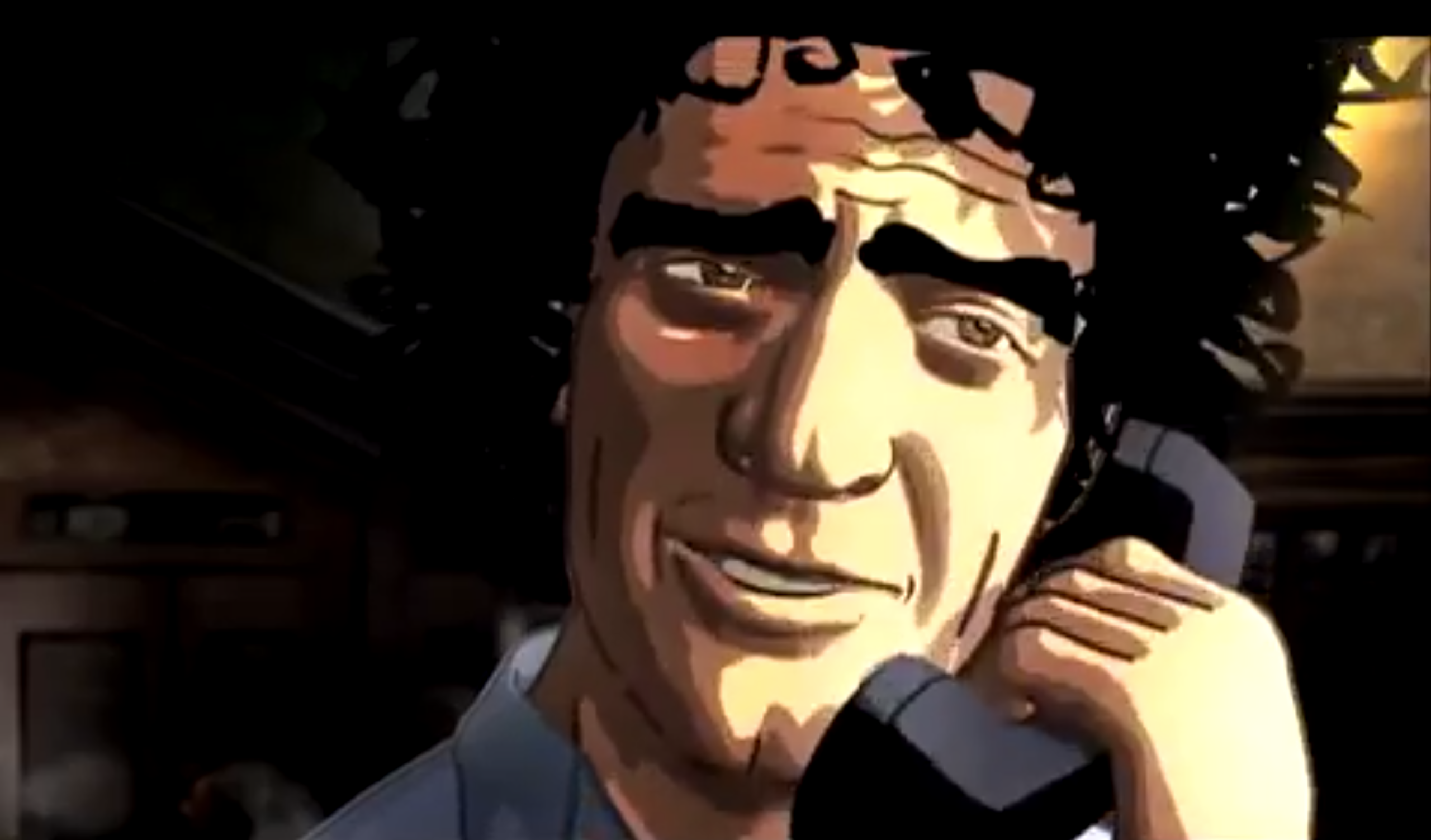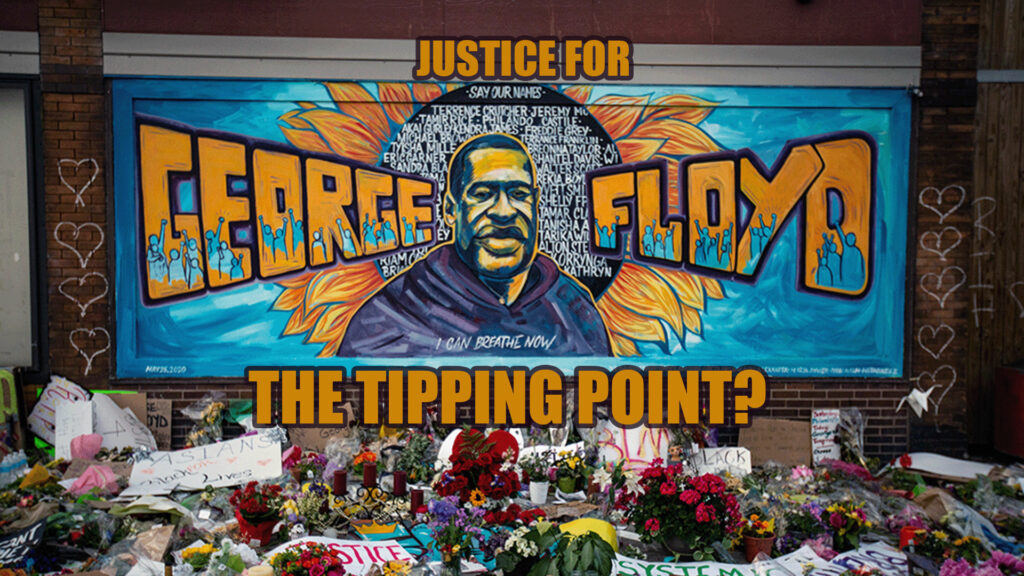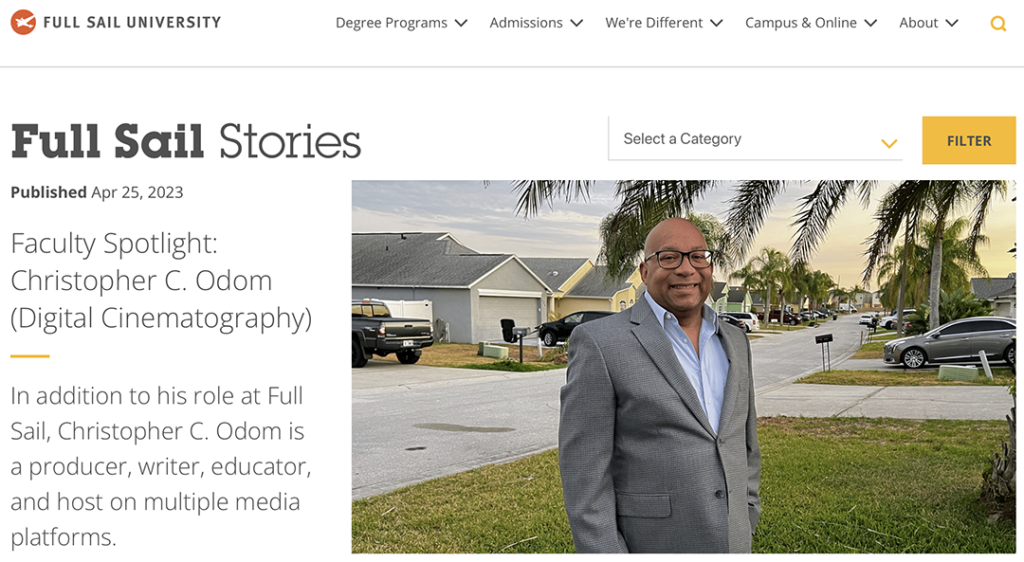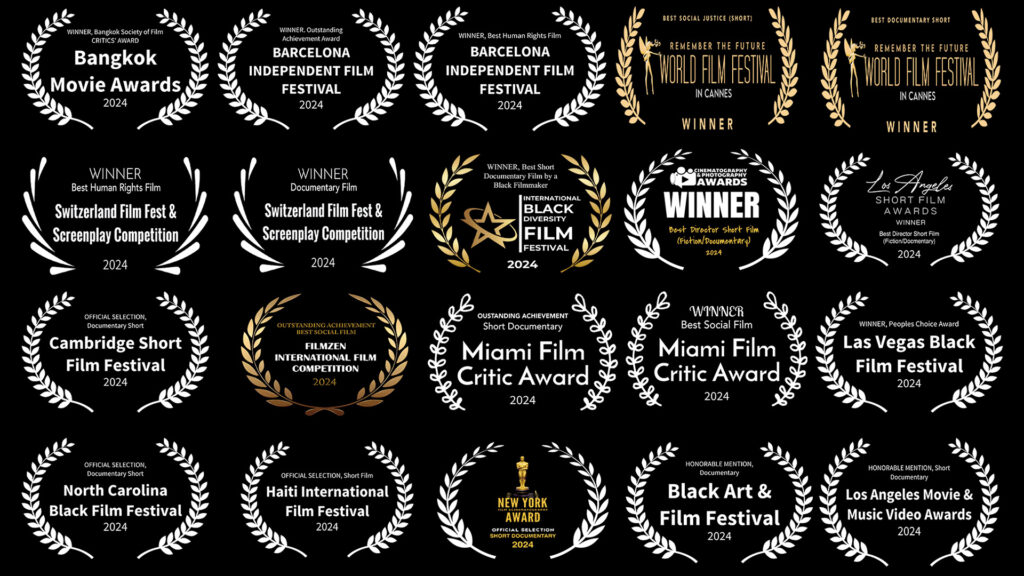
JUSTICE FOR GEORGE FLOYD: THE TIPPING POINT? is an international and domestic multi-award-winning documentary short film that explores the power of visual imagery and narrative, both online and in the real world, within social movements. The documentary was produced in partial fulfillment of my hybrid dissertation for a PhD in Texts and Technology, Digital Media from the University of Central Florida. The hybrid dissertation was an expanded version of the same topic which was comprised of a 62,000-word traditional written document, 3 code-based interactive generative scholarship artistic works, and a documentary short film.
Why study visuality and narrative?
In the academic world, there’s a distinction between what has been labeled hard and soft science. Hard science is based upon easily measured numbers and statistical data. Soft science refers to things that are not easily measured such as art and the humanities. However, it’s a false assumption that because something is easily measured that it also must have the most profound impact. In terms of social media, although a graphic might lead to 10 people clicking a like button, the video of a digital lynching might also light the spark to ignite a global social movement and cultural revolution.
So why did I decide to make a documentary as part of my dissertation?
In making the argument for why visuality matters, there is no better way to explore and communicate the power of visuality and narrative than to utilize visuality and narrative as a tool of its own exploration. The Justice for George Floyd Protests, as a social movement, marked a pivotal landmark in global culture for a demand for social justice and social change, particularly as it pertains to the systemic injustices routinely inflicted upon people of color and marginalized groups.


